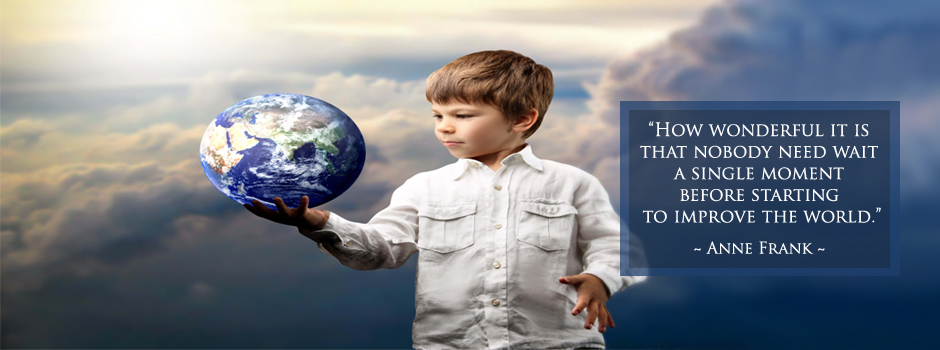
One Community Welcomes Mateus Barretto to the Infrastructure Design Team!
One Community welcomes Mateus Barretto to the Infrastructure Design Team!
Mateus is a 3rd-Year Civil Engineering/Construction Engineering student who also has a LEED 101 certificate. He is graduating in Civil Engineering in Brazil and is currently studying abroad at California State Long Beach. In his last job as an intern he helped the architects with the architectural projects and the engineers with managing the construction of the buildings and with hydraulics and electrical projects in the office. This has helped Mateus develop knowledge and experience with important softwares like AutoCAD 2D, Revit and Sketchup. His main field of study in civil engineering is Hydraulics with specific interest in the reuse of water for the benefits of helping the environment by avoiding waste, and also by helping people have easy and safe water for irrigation. Mateus feels strongly that we can create a sustainable society where people work together and he brings this belief, his passion for hydraulics, and his knowledge to the hydraulics team working on the Duplicable City Center and the seven village models.
WELCOME TO THE TEAM MATEUS!
FOLLOW ONE COMMUNITY’S PROGRESS (click icons for our pages)
INVESTOR PAGES
GET INVOLVED
Sustainable Global Education Blueprint – One Community Weekly Progress Update #110
Creating a sustainable global education blueprint that will teach people how to live sustainably anywhere in the world can be accomplished. To truly meet the goals of all people, everywhere, this model will combine physical sustainability (food, energy, housing, etc.) and emotional sustainability (education, economics, recreation, etc.). Open source and free-sharing these as a complete model can make this lifestyle an accessible reality for everyone. One Community is doing this as a path to a sustainable global education blueprint for The Highest Good of All:
- Here’s our project overview
- Here’s our world-change methodology
- Here’s how this becomes self-replicating
- Here’s how we are open source and free-sharing all the do-it-yourself designs
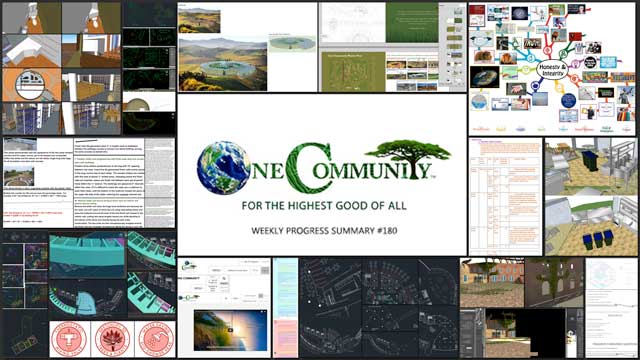
OUR MAIN OPEN SOURCE HUBS
Click on each icon to be taken to the corresponding Highest Good hub page.
One Community’s physical location will forward this movement as the first of many self-replication teacher/demonstration communities, villages, and cities to be built around the world. This is the April 12th, 2015 edition (#110) of our weekly progress update detailing the previous week’s development and accomplishments:
Sustainable Global Education Blueprint
One Community Weekly Progress Update #110
Here is the bullet-point list of last week’s design and progress discussed in detail about the sustainable global education blueprint in the video above:
SUSTAINABLE GLOBAL EDUCATION BLUEPRINT INTRO @1:00
HIGHEST GOOD EDUCATION @1:57
- Transferred first 25% of written section and images for the “Open Source” lesson plan to the website (see below)
- Behind the scenes: wrote another 25% of “Open Source” lesson plan
- Behind the scenes: wrote first 25% of lesson plan with central theme of “Nature“
- Added final 70% of the violet section to the Technology and Innovation Molecule webpage (see below)
- Paige Allison Donatelli finished another 25% of the image creation for the Open Source lesson mindmap (see below)
- Paige also helped us create a new image for the “Happiness” lesson plan (see below)
HIGHEST GOOD FOOD: @3:40
- Finished the final social media imagery and featured our open source corn hub and our food forest herb plantings hub (see below)
- Researched and added the recipes to the open source potatoes hub
- Added two new tasty recipes from Sandra Sellani (see below)
HIGHEST GOOD HOUSING: @4:52
- Behind the scenes: continued laying out the specifics for the Open Source Murphy bed furniture assembly details (67% complete – see below)
- Behind the scenes: finished another 5% of the earthdome loft construction tutorial specifics (60% complete – see below)
- Scott Thomas and his Shadow Ridge Signature Architecture Program team finished their part of the work putting the complete Earthbag Village components together in AutoCAD (see below)
- Sheng Xu finished his third round of SolidWorks design specifics for the 3-dome cluster of the upcoming crowdfunding campaign (see below)
- Nelli Levental created the second concept sketches for the earthship village (Pod 6)
DUPLICABLE CITY CENTER: @7:11
- Updated the open source indoor/outdoor natural pool and eco-spa page with the plumbing design specifics of Rob Gjerde (see below)
- Mateus Barretto finished the calculations for the Duplicable City Center water catchment specifics (see below)
HIGHEST GOOD SOCIETY: @7:58
- Finished creation of the Ocean Preservation page of the People’s Agenda 21 site (see below)
- Finished creation of the Biotechnology Management page of the People’s Agenda 21 site (see below)
- Vassili Biserov finished the first translation of one of our pages into another language: The Open Source Hoop House Construction Page (see below)
SUSTAINABLE GLOBAL EDUCATION BLUEPRINT SUMMARY: @8:57
- How you can most help us right now and how anyone can help
CLICK HERE IF YOU’D LIKE TO RECEIVE AN EMAIL EACH WEEK WHEN WE RELEASE A NEW UPDATE
YOU CAN ALSO JOIN US THROUGH SOCIAL MEDIA
ONE COMMUNITY WEEKLY UPDATE DETAILS
SUSTAINABLE GLOBAL EDUCATION BLUEPRINT HIGHEST GOOD EDUCATION PROGRESS
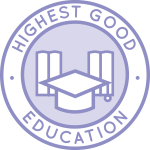 One Community is forwarding a sustainable global education blueprint through Highest Good education that is for all ages, applicable in any environment, adaptable to individual needs, far exceeds traditional education standards, and more fun for both the teachers and the students:
One Community is forwarding a sustainable global education blueprint through Highest Good education that is for all ages, applicable in any environment, adaptable to individual needs, far exceeds traditional education standards, and more fun for both the teachers and the students:
- Learn about the components: Education open source hub
- Learn how the components work together: How to use the Education for Life Program
This last week the core team transferred the first 25% of the written section and images for the “Open Source” lesson plan to the website – which you can see here:
Behind the scenes we also wrote another 25% of this lesson plan, bringing it to 50% written completion.
Also behind the scenes, we wrote the first 25% of our next lesson plan with the central theme of “Nature“.
We also added the final 70% of the violet section to the Technology and Innovation Molecule webpage, which you can see here. This molecule is now 98% complete, with a few additional points to be researched and added to provide more sustainable global education blueprint examples.
Paige Allison Donatelli (Graphic Designer and Owner Operator of Namaste Living in a Material World) finished another 25% of the image creation for the Open Source lesson mindmap, which you can see here. That brings this mindmap to 50% complete:
Paige also helped us create this new image for the “Happiness” lesson plan, which we featured this week across our social media channels:
SUSTAINABLE GLOBAL EDUCATION BLUEPRINT HIGHEST GOOD FOOD PROGRESS
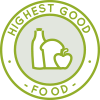 One Community is establishing a sustainable global education blueprint through Highest Good food that is more diverse, more nutritious, locally grown and sustainable, and part of our open source botanical garden model to support and share bio-diversity:
One Community is establishing a sustainable global education blueprint through Highest Good food that is more diverse, more nutritious, locally grown and sustainable, and part of our open source botanical garden model to support and share bio-diversity:
- Learn about the structures: Hoop House Hub | Aquapini & Walipini Open Source Hub
- See what we’ll be growing: Gardens & Hoop Houses | Large-scale Structures | Food Forest | TA
This last week the core team finished the final social media imagery and featured our open source corn hub:
And we did this for our food forest herb plantings hub too:
We also researched and added the final major component to the open source potatoes hub: RECIPES! You can see these new additions here. These first recipe lists will grow as our food experts continue the process of designing the Food Self-sufficiency Transition Plan for remote village construction.
In addition to this, we added two new tasty recipes from Sandra Sellani (Vegan Chef and author of What’s Your BQ?) to the Food Self-sufficiency Transition Plan: Tortilla Salad and Lentil and Brown Rice Stuffed Red Pepper Salad.
SUSTAINABLE GLOBAL EDUCATION BLUEPRINT HIGHEST GOOD HOUSING PROGRESS
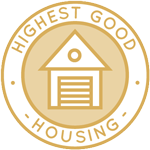 One Community is establishing a sustainable global education blueprint through Highest Good housing that is artistic and beautiful, more affordable, more space efficient, lasts longer, DIY buildable, and constructed with healthy and sustainable materials:
One Community is establishing a sustainable global education blueprint through Highest Good housing that is artistic and beautiful, more affordable, more space efficient, lasts longer, DIY buildable, and constructed with healthy and sustainable materials:
- Learn about: Our Upcoming Crowdfunding Campaign
- Learn about the different village models: 7 Sustainable Village Models
- Visit the open source portals for the first two: Earthbag Village OS Hub | Straw Bale Village OS Hub
This last week the core team continued progress on the assembly specifics for the Open Source Murphy bed furniture. This work is happening behind the scenes and what you see here will be part of the Earthbag Village and the upcoming crowdfunding campaign. This week we finished cutting lumber and labeling pieces for two back shelves and begin exploring a new shelving and ladder design. We estimate we are now 67% complete with this behind-the-scenes work.
Also, behind the scenes, we finished another 5% of the earthdome loft construction tutorial specifics. This work included lining out details for deck install and looking at possible need to change spacing of joists, sorting out screw sizes, and creating what was needed for an engineer to run loft structural calculations. We’re now 60% complete with this behind-the-scenes work.
Scott Thomas and his Shadow Ridge Signature Architecture Program team finished their part of the work putting the complete Earthbag Village components together in AutoCAD. Here is the 2D layout of the complete village created from our 3D Sketchup files:
Sheng Xu (Mechanical Design Engineer) also finished his third round of SolidWorks design specifics for the 3-dome cluster of the upcoming crowdfunding campaign. This work included adding the door and window specifics. The colored dots you see above the windows and doors are recycled bottles for adding additional artistic and colored natural lighting:
Nelli Levental (Graphic Designer and College Professor) also created these second concept sketches for the earthship village (Pod 6) featuring a stacked design of two levels providing 40 units… this then evolved into a straight design that will take better advantage of passive solar…. and look like this if built into a hill…. These 2-level earthship inspired designs are expandable and will have a central large-scale kitchen, several shared common spaces, and start with sufficient housing for 60-80 people.

Concept Sketches and Designs for Earthship Village (Pod 6) – Click to Visit Highest Good Housing Page
SUSTAINABLE GLOBAL EDUCATION BLUEPRINT DUPLICABLE CITY CENTER PROGRESS
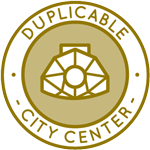 One Community is establishing a sustainable global education blueprint through a Duplicable and Sustainable City Center that is LEED Platinum certified/Sustainable, can feed 200 people at a time, provide laundry for over 300 people, is beautiful, spacious, and saves resources, money, and space:
One Community is establishing a sustainable global education blueprint through a Duplicable and Sustainable City Center that is LEED Platinum certified/Sustainable, can feed 200 people at a time, provide laundry for over 300 people, is beautiful, spacious, and saves resources, money, and space:
- Learn about this building and it’s function: Duplicable City Center Open Source Hub
This last week the core team updated the open source indoor/outdoor natural pool and eco-spa page with the plumbing design specifics of Rob Gjerde (Pool Design & Construction Expert and owner of Sorico Design and Consulting). You can see these additions here:
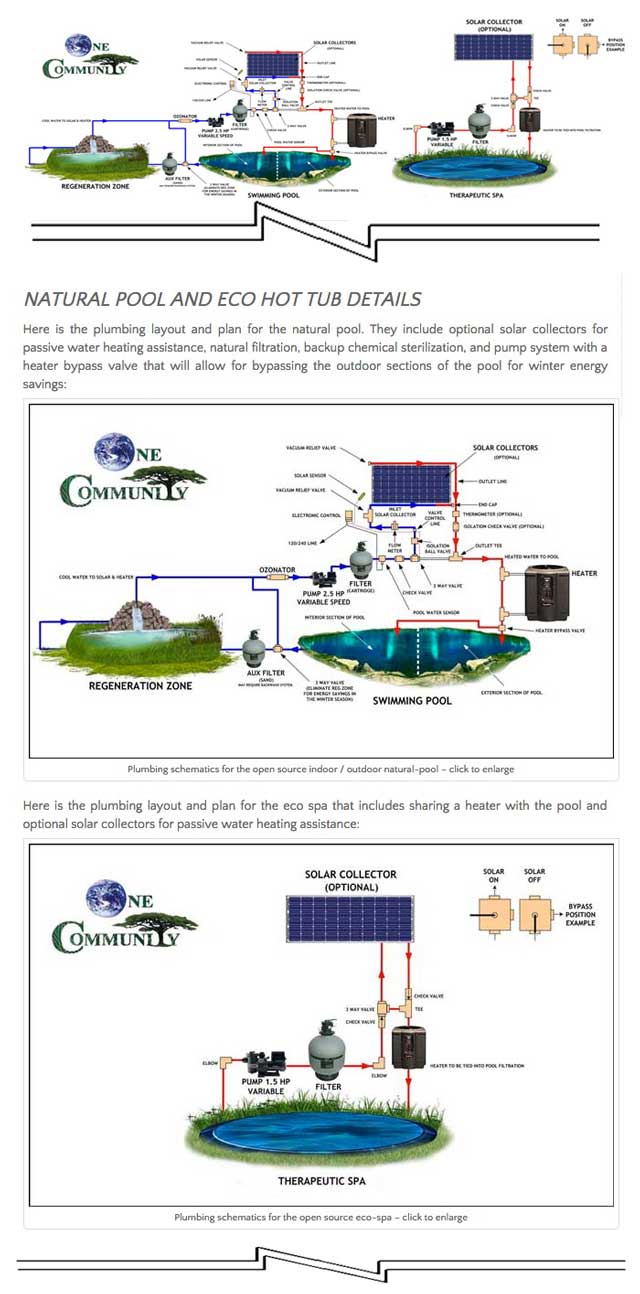
Sustainable Global Education Blueprint, Natural Pool, and Eco-Spa Page Updated – Click to Visit Page
Mateus Barretto (Civil Engineering Student specializing in Hydraulics) also finished the calculations for the Duplicable City Center water catchment specifics including pipe sizing and selection that you can see here:
SUSTAINABLE GLOBAL EDUCATION BLUEPRINT HIGHEST GOOD SOCIETY PROGRESS
 One Community is establishing a sustainable global education blueprint through a Highest Good society approach to living that is founded on fulfilled living, the study of meeting human needs, Community, and making a difference in the world:
One Community is establishing a sustainable global education blueprint through a Highest Good society approach to living that is founded on fulfilled living, the study of meeting human needs, Community, and making a difference in the world:
- Read the Highest Good Society overview: Highest Good Society
- Learn about the model for fulfilled living and sharing: A Day in the Life
- Learn about the 4 economic models: RBE | For-profit | Non-profit | Entrepreneurship
- Learn about our open source community collaboration and management software: The Highest Good Network
This last week the core team finished the creation of the Ocean Preservation page of the People’s Agenda 21 site. This page covers resources for anyone interested in proactive action for protecting and preserving our oceans:
We also finished the creation of the Biotechnology Management page of the People’s Agenda 21 site. This page covers resources for anyone interested in proactive action with biotechnology in relation to food, supporting human health, protecting the environment and more:
Last but not least, Vassili Biserov (Writer, Poet, and Translator) finished the first translation of one of our pages into another language: The Open Source Hoop House Construction Page. You can see this page and all of Vassili’s wonderful work here:
AND WE PRODUCED THIS WEEKLY UPDATES BLOG – CLICK HERE TO SUBSCRIBE
FOLLOW ONE COMMUNITY’S PROGRESS (click icons for our pages)
INVESTOR PAGES
GET INVOLVED
CONSULTANTS ● WAYS ANYONE CAN HELP ● MEMBERSHIP
CLICK HERE FOR ALL PAST UPDATES
WHAT ONE COMMUNITY IS CREATING
One Community is creating objective and measurable global transformation to grow together and change the world together. We are creating a space that helps each other live in integrity with each other and the planet as we strive to be the greatest versions of ourselves. We do this by harmoniously respecting each other, nature, and the rest of our one shared planet.
Our goal is to demonstrate what we feel is the most sustainable, healthy, and fun environment we can create. A place based on compassion, kindness, and collaboration. This replicable community will serve as an example for what is possible, creating objective and measurable global transformation.
Throughout our design process of creating objective and measurable global transformation, we are open sourcing and free-sharing everything needed for construction and replication. This includes what we call “Highest Good” approaches to food, energy, housing, education, for-profit and non-profit economics design, social architecture, fulfilled living, stewardship practices, and more. We are creating these resources for implementation as individual components or complete developments called teacher/demonstration hubs. These hubs will help launch additional hubs as awareness and knowledge grow.
BUILDING THE FIRST OF MANY
One Community will be the first teacher/demonstration hub to create objective and measurable global transformation. It will function as an experiential-learning model that facilitates mass participation to address humanity’s most pressing challenges through: A replicable model for expansion, building seven self-sufficient village/city prototypes, becoming the world leader in open-source sustainability solutions, and evolving and expanding ALL aspects of sustainable living.
WHY ONE COMMUNITY IS CREATING THIS
The One Community self-replicating model is capable of creating objective and measurable global transformation within 30 years. We will achieve this by establishing successful teacher/demonstration hubs on every continent. Villages include designs appropriate for each of the five main types of climates. They also include options for even the most challenged economies. These hubs will collaborate with one another, share ideas, and resources, and work together as a network to heal the planet. They will also transform the global lifestyle into a more enjoyable, fulfilling, healthy, and sustainable one.
The specifics of how One Community is accomplishing the objective and measurable global transformation can be found on the One Community Solution Model to Create Solution-creating Models Page. Research supporting and showing the benefits of a model like this can be found in our Research and Resources Articles Archive.
Even if we don’t achieve our ultimate goal of objective and measurable global transformation, a self-replicating teacher/demonstration model like this will take a relatively short period of time to positively affect millions while inspiring millions more. For One Community residents (the Pioneer Team), the idea of creating and sharing the social and recreational experience with visitors is also fun, exciting, fulfilling, and an additional reason why we are creating this.
One Community Welcomes Philo Jewett to the Web Development Team!
One Community welcomes Philo Jewett to the Web Development Team as our newest Pioneer Member!
Web Designer & Photoshop Expert, Videographer, Internet Marketer, and Education Designer/Teacher: Philo has a diversity of experience in artistic creation, marketing and teaching that provides him a unique and effective approach to situations and challenges in his environment. Combining a growing set of web-design skills with his expert Photoshop skills, a program he has been passionately and artistically using for the last 5 years, Philo creates beautiful and thought provoking images and content to educate and inspire people to action. With an eye for design and a history of internet marketing, Philo has mastered the foundations of web design and the honed his skills using the complete tool set of Photoshop to paint, create and develop concepts, do touch-up work, and work with all the delicate intricacies of producing images that are beautiful, moving, and compelling.
WELCOME TO THE TEAM PHILO!
FOLLOW ONE COMMUNITY’S PROGRESS (click icons for our pages)
INVESTOR PAGES
GET INVOLVED
Strategic Sustainable Lifestyle Creation – One Community Weekly Progress Update #109
Strategic Sustainable lifestyle creation makes sense to include both physical sustainability (food, energy, housing, etc.) and emotional sustainability (education, economics, recreation, etc.). Combining and open source and free-sharing these as a complete model can make this lifestyle an accessible reality for everyone. One Community is doing this as a path to global transformation through Strategic Sustainable lifestyle creation and The Highest Good of All:
- Here’s our project overview
- Here’s our world-change methodology
- Here’s how this becomes self-replicating
- Here’s how we are open source and free-sharing all the do-it-yourself designs<
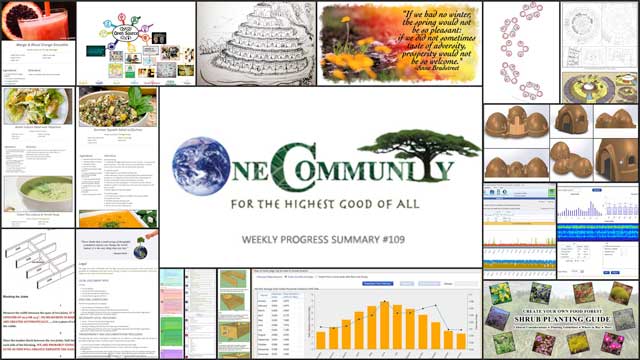
OUR MAIN OPEN SOURCE HUBS
Click on each icon to be taken to the corresponding Highest Good hub page.
One Community’s physical location will forward this movement as the first of many self-replicating teacher/demonstration communities, villages, and cities to be built around the world implementing strategic sustainable lifestyle creation . This is the April 5th, 2015 edition (#109) of our weekly progress update detailing the previous week’s development and accomplishments:
Strategic Sustainable Lifestyle Creation
One Community Weekly Progress Update #109
Here is the bullet-point list of this last week’s design and progress discussed in detail in the video above:
STRATEGIC SUSTAINABLE LIFESTYLE CREATION INTRO @1:04
STRATEGIC SUSTAINABLE LIFESTYLE CREATION HIGHEST GOOD EDUCATION @2:00
- Transferred final 50% of the written design for the “Civilization” lesson plan to the website (see below)
- Added the final 35% of the indigo section and 30% of the violet section to the Technology and Innovation Molecule webpage (see below)
- Paige Allison Donatelli finished 25% of the image creation for the Open Source lesson mindmap (see below)
- Paige also helped us create this new image for the “Spring” lesson plan, which we featured this week across our social media channels (see below)
STRATEGIC SUSTAINABLE LIFESTYLE CREATION HIGHEST GOOD FOOD: @3:50
- Finished the final social media imagery and featured our open source celery hub and our food forest shrub plantings hub (see below)
- Researched and added the recipes to the open source lettuce hub and the open source squash hub (see below)
- Added an amazing vegan recipe from Sandra Sellani (see below)
STRATEGIC SUSTAINABLE LIFESTYLE CREATION HIGHEST GOOD HOUSING: @5:07
- Behind the scenes: continued laying out the specifics for the Open Source Murphy bed furniture assembly details (65% complete – see below)
- Behind the scenes: finished another 20% of the earthdome loft construction tutorial specifics (55% complete – see below)
- Scott Thomas and his Shadow Ridge Signature Architecture Program team began putting the complete Earthbag Village components together in AutoCAD (see below)
- Sheng Xu finished his second round of SolidWorks design specifics for the 3-dome cluster of the upcoming crowdfunding campaign (see below)
- Nelli Levental created this first concept sketch for the earthship village (Pod 6) featuring a stacked design of 40 units (see below)
- Added AutoCAD and design work of Dave Walen to the Straw Bale Village (Pod 2) open source hub (see below)
STRATEGIC SUSTAINABLE LIFESTYLE CREATION DUPLICABLE CITY CENTER: @7:17
- Robert Seton produced baseline production calculations, battery specifics calculations, and initial electric load comparisons for the phase I solar infrastructure (see below)
STRATEGIC SUSTAINABLE LIFESTYLE CREATION HIGHEST GOOD SOCIETY: @7:56
- Finished rebuilding all the menus and finished the “Radioactive Wastes” chapter rewrite on the People’s Agenda 21 site (see below)
- Created the beginnings of a new legal page purposed to open source share the legal processes and documents required for our non-profit and for-profit entities (see below)
- Finished weeks of edits and updates to our non-profit bylaws, thanks to the amazing help of Yusuf Sulayman (see below)
STRATEGIC SUSTAINABLE LIFESTYLE CREATION SUMMARY: @8:54
- How you can most help us right now and how anyone can help
CLICK HERE IF YOU’D LIKE TO RECEIVE AN EMAIL EACH WEEK WHEN WE RELEASE A NEW UPDATE
YOU CAN ALSO JOIN US THROUGH SOCIAL MEDIA
Strategic Sustainable Lifestyle Creation
ONE COMMUNITY WEEKLY UPDATE DETAILS
STRATEGIC SUSTAINABLE LIFESTYLE CREATION HIGHEST GOOD EDUCATION PROGRESS
 One Community is supporting a systemic approach to total sustainability through Strategic Sustainable lifestyle creation and Highest Good education that is for all ages, applicable in any environment, adaptable to individual needs, far exceeds traditional education standards, and more fun for both the teachers and the students:
One Community is supporting a systemic approach to total sustainability through Strategic Sustainable lifestyle creation and Highest Good education that is for all ages, applicable in any environment, adaptable to individual needs, far exceeds traditional education standards, and more fun for both the teachers and the students:
- Learn about the components: Education open source hub
- Learn how the components work together: How to use the Education for Life Program
This last week the core team transferred the final 50% of the written design and images for the “Civilization” lesson plan to the website – which you can see here:

Strategic Sustainable Lifestyle Creation Civilization Lesson Plan – 2nd Half Complete – Click to Visit
We also added the final 35% of the indigo section and 30% of the violet section to the Technology and Innovation Molecule webpage, which you can see here. Violet includes informational overviews and links that provide details about companies and brands that have had the greatest impacts on humanity in regards to technology and innovation have researched on Strategic Sustainable lifestyle creation.
Paige Allison Donatelli (Graphic Designer and Owner Operator of Namaste Living in a Material World) finished 25% of the image creation for the Open Source lesson mindmap. When complete on the site, this lesson plan will teach all subjects, to all learning levels, in any learning environment using the central Open Source Sharing theme:
Paige also helped us create this new image for the “Spring” lesson plan, which we featured this week across our social media channels:
STRATEGIC SUSTAINABLE LIFESTYLE CREATION HIGHEST GOOD FOOD PROGRESS
 One Community is supporting a systemic approach to total sustainability through Strategic Sustainable lifestyle creation Highest Good food that is more diverse, more nutritious, locally grown and sustainable, and part of our open source botanical garden model to support and share bio-diversity:
One Community is supporting a systemic approach to total sustainability through Strategic Sustainable lifestyle creation Highest Good food that is more diverse, more nutritious, locally grown and sustainable, and part of our open source botanical garden model to support and share bio-diversity:
- Learn about the structures: Hoop House Hub | Aquapini & Walipini Open Source Hub
- See what we’ll be growing: Gardens & Hoop Houses | Large-scale Structures | Food Forest | TA
This last week the core team finished the final social media imagery and featured our open source celery hub:
And we did this for our food forest shrub plantings hub too:
We also researched and added the final major component to the open source lettuce hub: RECIPES! You can see these new additions here:
We also did this for the open source squash hub. These first recipe lists will grow as our food experts continue the process of designing the Food Self-sufficiency Transition Plan for remote village construction:
In addition to this, we added a delicious Mango & Blood Orange Smoothie recipe (from Sandra Sellani (Vegan Chef and author ofWhat’s Your BQ?) to the Food Self-sufficiency Transition Plan page:
STRATEGIC SUSTAINABLE LIFESTYLE CREATION HIGHEST GOOD HOUSING PROGRESS
 One Community is supporting a systemic approach to total sustainability through Strategic Sustainable lifestyle creation Highest Good housing that is artistic and beautiful, more affordable, more space efficient, lasts longer, DIY buildable, and constructed with healthy and sustainable materials:
One Community is supporting a systemic approach to total sustainability through Strategic Sustainable lifestyle creation Highest Good housing that is artistic and beautiful, more affordable, more space efficient, lasts longer, DIY buildable, and constructed with healthy and sustainable materials:
- Learn about: Our Upcoming Crowdfunding Campaign
- Learn about the different village models: 7 Sustainable Village Models
- Visit the open source portals for the first two: Earthbag Village OS Hub | Straw Bale Village OS Hub
This last week the core team continued progress on the assembly specifics for the Open Source Murphy bed furniture. This work is happening behind the scenes and what you see here will be part of the Earthbag Village and the upcoming crowdfunding campaign helping promote Strategic Sustainable lifestyle creation. This week we finished assembly instructions for the upper, middle, and lower drawers of the nightstands. What you see here is all this behind-the-scenes work-in-progress and we estimate we are now 65% complete with what is needed for the website.
Also, behind the scenes, we finished another 20% of the earthdome loft construction tutorial specifics. This work included inserting new steps and rearranging the order, adding more construction details, reviewing and altering the hatch design, and updating the video list & sequence. We’re now 55% complete with this behind-the-scenes work:
Scott Thomas and his Shadow Ridge Signature Architecture Program team began putting the complete Earthbag Village components together in AutoCAD. You can see 1/2 of the village placed here in CAD:
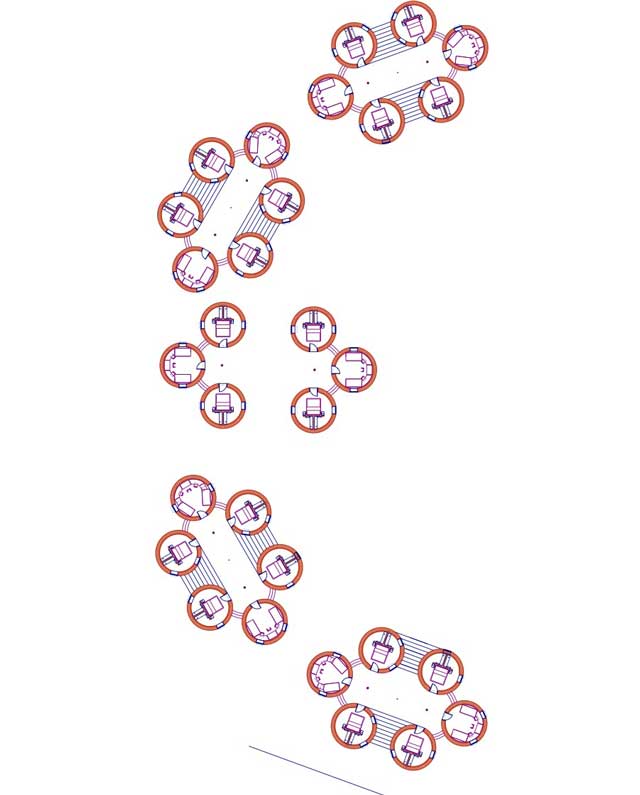
Strategic Sustainable Lifestyle Creation – 1/2 of Earthbag Village into AutoCAD – Click to Visit Page
Sheng Xu (Mechanical Design Engineer) also finished his second round of SolidWorks design backed by Strategic Sustainable lifestyle creation specifics for the 3-dome cluster of the upcoming crowdfunding campaign. What you see is the addition of accurate artistic elements that will be around the doors and windows, as well as smoothing of all the corners:
Nelli Levental (Graphic Designer and College Professor) also created this first concept sketch for the earthship village (Pod 6) featuring a stacked design of 40 units:
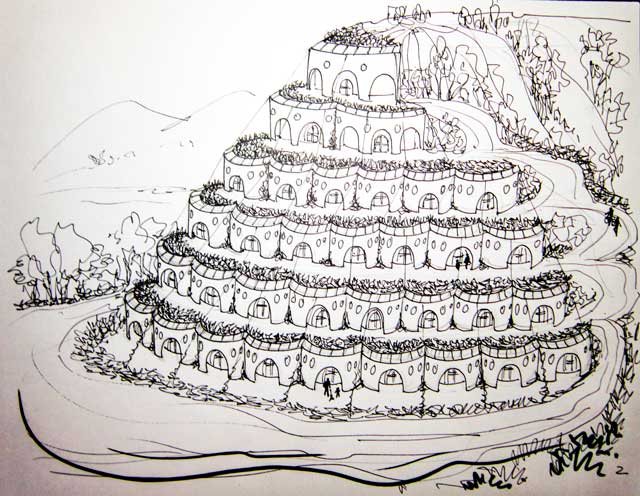
Strategic Sustainable Lifestyle Creation – Concept Sketch for Earthship Village (Pod 6) – Click to Visit
And, last but not least, the core team added the amazing AutoCAD and design work of Dave Walen (Architectural Drafter & Designer and owner of Dave Philip Walen Design) to the Straw Bale Village (Pod 2) open source hub. You can see these new additions here and read all about this village on the webpage:
STRATEGIC SUSTAINABLE LIFESTYLE CREATION DUPLICABLE CITY CENTER PROGRESS
![]() One Community is supporting a systemic approach to total sustainability employing the Strategic Sustainable lifestyle creation through a Duplicable and Sustainable City Center that is LEED Platinum certified/Sustainable, can feed 200 people at a time, provide laundry for over 300 people, is beautiful, spacious, and saves resources, money, and space:
One Community is supporting a systemic approach to total sustainability employing the Strategic Sustainable lifestyle creation through a Duplicable and Sustainable City Center that is LEED Platinum certified/Sustainable, can feed 200 people at a time, provide laundry for over 300 people, is beautiful, spacious, and saves resources, money, and space:
- Learn about this building and it’s function: Duplicable City Center Open Source Hub
This last week Robert Seton (Solar Design Engineer and Owner of Solar Hybrid Design) produced these baseline production calculations, battery specifics calculations, and initial electric load comparisons for the phase I solar infrastructure, bringing us one huge step closer to what we need to finalize these specifics on the site.
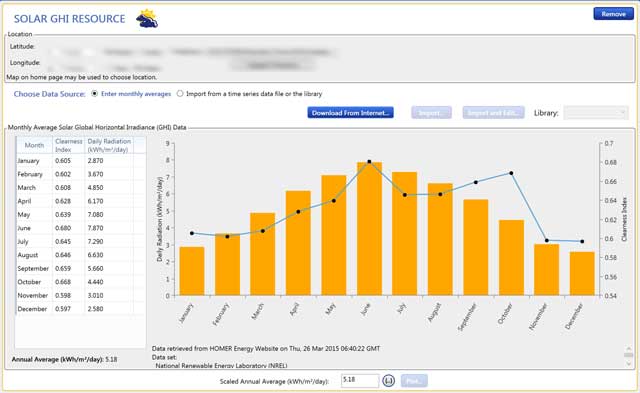
Baseline Production Calculations for Phase I Solar Infrastructure – Click for Highest Good Energy Page
STRATEGIC SUSTAINABLE LIFESTYLE CREATION HIGHEST GOOD SOCIETY PROGRESS
 One Community is supporting a systemic approach to total sustainability through Strategic sustainable lifestyle creation and a Highest Good society approach to living that is founded on fulfilled living, the study of meeting human needs, Community, and making a difference in the world:
One Community is supporting a systemic approach to total sustainability through Strategic sustainable lifestyle creation and a Highest Good society approach to living that is founded on fulfilled living, the study of meeting human needs, Community, and making a difference in the world:
- Read the Highest Good society overview: Highest Good Society
- Learn about the model for fulfilled living and sharing: A Day in the Life
- Learn about the 4 economic models: RBE | For-profit | Non-profit | Entrepreneurship
- Learn about our open source community collaboration and management software: The Highest Good Network
This last week the core team finished rebuilding all the menus and finished the “Radioactive Wastes” chapter rewrite on the People’s Agenda 21 site. This new page offers education and resources for any individual or local-level community interested in being proactive about addressing radioactive waste challenges:
The core team also created the beginnings of this new legal page purposed to open source share the legal processes and documents required for our non-profit and for-profit entities:
And, thanks to the amazing help of Yusuf Sulayman (Lawyer and member of the Nigerian Bar Association), we were able to finish weeks of edits and updates to our non-profit bylaws that can now be viewed and downloaded from the new legal page:
AND WE PRODUCED THIS WEEKLY UPDATES BLOG – CLICK HERE TO SUBSCRIBE
FOLLOW ONE COMMUNITY’S PROGRESS (click icons for our pages)
INSPIRING SUSTAINABILITY WITH OPEN SOURCE
One Community’s four-phase strategy for the creation of solution models that create solution creating models uses open source blueprints for duplication that simultaneously address all aspects of the human experience (food, energy, housing, education, social inequality and injustice, fulfilled living, etc.) through Strategic Sustainable lifestyle creation. We see these areas as interdependent and requiring a comprehensive solution if humanity is to move ecologically, socially, economically, and permanently towards a truly sustainable future for everyone.
Our open source model and blueprints engage and inspire people while simultaneously making sustainable living more affordable and easy to replicate. By free-sharing the step-by-step plans people need for duplication, inviting people to participate, and demonstrating sustainable teacher/demonstration hubs as a more desirable way of living, the model will predictably expand on its own proving the impact of Strategic Sustainable lifestyle creation.
It is this approach we see uniting the world and leading to a new Golden Age for humanity aided by Strategic Sustainable lifestyle creation . While we understand that not everyone believes this is even possible, we are nonetheless bringing together all those that do see this as possible as the non-profit think tank of forward-thinking individuals willing to design, build, and open source project-launch blueprint and free-share it for The Highest Good of All.
WHY ONE COMMUNITY IS CREATING THIS
The One Community self-replicating model is capable of creating a sustainable planet within 30 years. We will achieve this by establishing successful teacher/demonstration hubs on every continent. Villages include designs appropriate for each of the five main types of climates. They also include options for even the most challenged economies. These hubs will collaborate with one another, share ideas, resources, and work together as a network to heal the planet. They will also transform the global lifestyle to a more enjoyable, fulfilling, healthy, and sustainable one.
The specifics of how One Community is accomplishing this can be found on the One Community Solution Model to Create Solution-creating Models Page. Research supporting and showing the benefits of a model like this can be found on our Research and Resources Articles Archive.
Even if we don’t achieve our ultimate goal of global transformation, a self-replicating teacher/demonstration model like this will take a relatively short period of time to positively affect millions while inspiring millions more. For One Community residents (the Pioneer Team), the idea of creating and sharing the social and recreational experience with visitors is also fun, exciting, fulfilling, and an additional reason why we are creating this.
INVESTOR PAGES
GET INVOLVED
One Community Welcomes Nelli Levental to the Design and Development Team!
One Community welcomes Nelli Levental to the Design and Development Team!
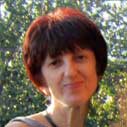 Nelli Levental – MFA of Graphic Design and College Professor: Nelli is an Artist, Functional Designer, Educator and a proud mom of two mature individuals. She has a diverse background, growing up in the Former Soviet Union, getting an extensive education in Fine Art, continuing into Book Design and, after immigrating to the US, becoming a Graphic Designer specializing in Functional Design. She has experience in teaching Art to both adults and children and Graphic and Architectural Design to College students. Nelli has also enjoyed exploring the world and learning about different cultures, living in Moldova, Russia, and the US and having traveled to France, Spain, Canada and Uganda. She is practicing Sivananda Yoga and likes creatively solving problems. As a One Community Consultant, Nelli is helping oversee the development of both the Shipping Container Village (Village #5) and the Earthship Village (Village #6).
Nelli Levental – MFA of Graphic Design and College Professor: Nelli is an Artist, Functional Designer, Educator and a proud mom of two mature individuals. She has a diverse background, growing up in the Former Soviet Union, getting an extensive education in Fine Art, continuing into Book Design and, after immigrating to the US, becoming a Graphic Designer specializing in Functional Design. She has experience in teaching Art to both adults and children and Graphic and Architectural Design to College students. Nelli has also enjoyed exploring the world and learning about different cultures, living in Moldova, Russia, and the US and having traveled to France, Spain, Canada and Uganda. She is practicing Sivananda Yoga and likes creatively solving problems. As a One Community Consultant, Nelli is helping oversee the development of both the Shipping Container Village (Village #5) and the Earthship Village (Village #6).
WELCOME TO THE TEAM NELLI!
FOLLOW ONE COMMUNITY’S PROGRESS (click icons for our pages)
INVESTOR PAGES
GET INVOLVED
One Community Welcomes Sheng Xu to the Design Team!
One Community welcomes Sheng Xu to the Design Team!
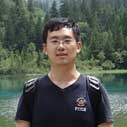 Sheng Xu – Mechanical Design Engineer: Following in the footsteps of his grandfather and his father, Sheng is the third mechanical engineer in his family. He received his bachelor of Engineering in Mechanical Design and Manufacturing in Sichuan University, China and is now a graduate student at the University of Southern California, majoring in Mechanical Engineering. His graduate study focused on CFD and FEA simulation and he realized that further learning engineering analysis could improve his mechanical design skill as well. Now, after 6 years deeply studying mechanical engineering, Sheng is skilled in 3D modeling (SolidWorks) and FEA analysis software (CosmosWorks, Abquas) and happy to say that the skills he has learned are diversely applicable because, “mechanical engineering is everywhere in our daily life. This is the most fantastic part of mechanical engineering and also the starting of world change.” As a One Community partner and consultant, Sheng is helping with 3-D modeling and structural evaluation of the different structures of the Earthbag Village and upcoming crowdfunding campaign dome designs.
Sheng Xu – Mechanical Design Engineer: Following in the footsteps of his grandfather and his father, Sheng is the third mechanical engineer in his family. He received his bachelor of Engineering in Mechanical Design and Manufacturing in Sichuan University, China and is now a graduate student at the University of Southern California, majoring in Mechanical Engineering. His graduate study focused on CFD and FEA simulation and he realized that further learning engineering analysis could improve his mechanical design skill as well. Now, after 6 years deeply studying mechanical engineering, Sheng is skilled in 3D modeling (SolidWorks) and FEA analysis software (CosmosWorks, Abquas) and happy to say that the skills he has learned are diversely applicable because, “mechanical engineering is everywhere in our daily life. This is the most fantastic part of mechanical engineering and also the starting of world change.” As a One Community partner and consultant, Sheng is helping with 3-D modeling and structural evaluation of the different structures of the Earthbag Village and upcoming crowdfunding campaign dome designs.
WELCOME TO THE TEAM SHENG!
FOLLOW ONE COMMUNITY’S PROGRESS (click icons for our pages)
INVESTOR PAGES
GET INVOLVED
One Community Welcomes Matheus Manfredini to the Infrastructure Team!
One Community welcomes Matheus Manfredini to the Infrastructure Team!
 Matheus Manfredini Montenegro Sutecas – 4th-year Civil Engineering Student, Overall Team Brazil Lead, and Urban Design Coordinator: Matheus is a Brazilian civil engineering student with a passion for urban development, transportation and traffic engineering. A highly motivated professional demonstrating a self-starter attitude, excellent leadership and problem solving skills, outstanding communication skills, and a keen ability to organize complex tasks earned Matheus the role ofOverall Team Brazil Lead. Synergistic with his Overall Team Lead role and his passion for urban development, Matheus is also responsible for coordinating the total property design and layout including road/transportation infrastructure, placement of all seven village models, the Duplicable City Center, food infrastructure planning, and all other key elements.
Matheus Manfredini Montenegro Sutecas – 4th-year Civil Engineering Student, Overall Team Brazil Lead, and Urban Design Coordinator: Matheus is a Brazilian civil engineering student with a passion for urban development, transportation and traffic engineering. A highly motivated professional demonstrating a self-starter attitude, excellent leadership and problem solving skills, outstanding communication skills, and a keen ability to organize complex tasks earned Matheus the role ofOverall Team Brazil Lead. Synergistic with his Overall Team Lead role and his passion for urban development, Matheus is also responsible for coordinating the total property design and layout including road/transportation infrastructure, placement of all seven village models, the Duplicable City Center, food infrastructure planning, and all other key elements.
WELCOME TO THE TEAM MATHEUS!
FOLLOW ONE COMMUNITY’S PROGRESS (click icons for our pages)
INVESTOR PAGES
GET INVOLVED
Systemic Approach to Total Sustainability – One Community Weekly Progress Update #108
Taking a systemic approach to total sustainability means a progressive approach to sustainability that includes all aspects of life: food, energy, housing, education, economics, recreation, and more. Open source and free-sharing these as a complete model can create a more comprehensive and sustainable option for people. One Community is doing this as a path to global transformation for The Highest Good of All:
- Here’s our project overview
- Here’s our world-change methodology
- Here’s how this becomes self-replicating
- Here’s how we are open source and free-sharing all the do-it-yourself designs
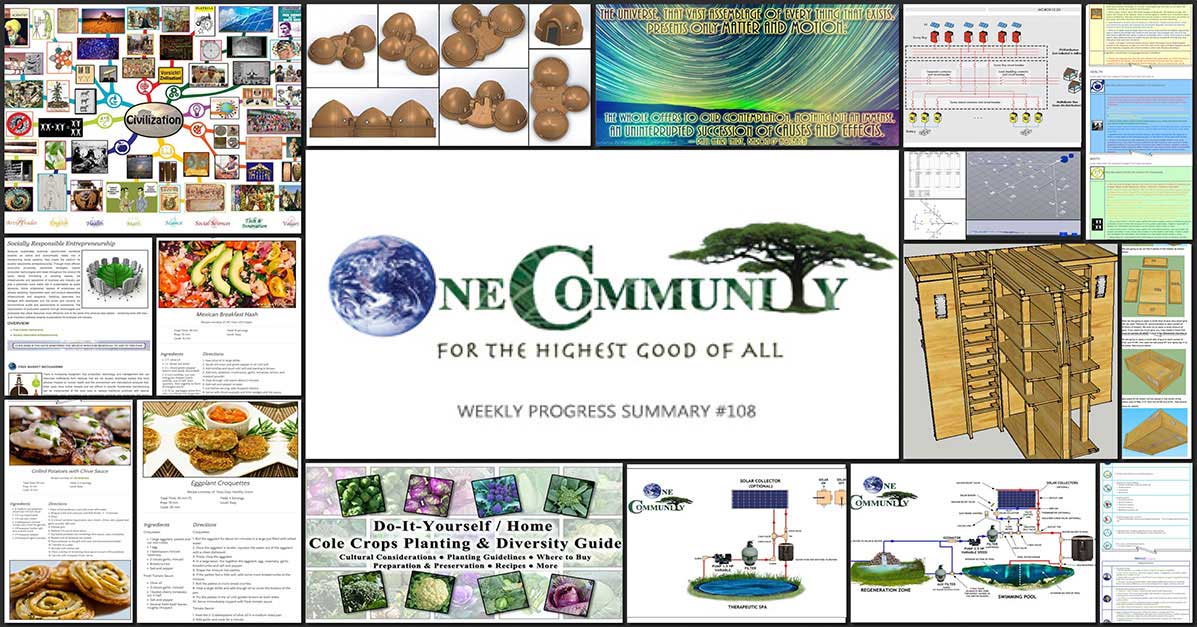
OUR MAIN OPEN SOURCE HUBS
Click on each icon to be taken to the corresponding Highest Good hub page.
A Systemic Approach to Total Sustainability One Community’s physical location will forward this movement as the first of many self-replicating teacher/demonstration communities, villages, and cities to be built around the world. This is the March 29th, 2015 edition (#108) of our weekly progress update detailing the previous week’s development and accomplishments:
Systemic Approach to Total Sustainability
One Community Weekly Progress Update #108
Here is the bullet-point list of this last week’s design and progress discussed in detail in the video above:
SYSTEMIC APPROACH TO TOTAL SUSTAINABILITY INTRO @1:07
SYSTEMIC APPROACH TO TOTAL SUSTAINABILITY: HIGHEST GOOD EDUCATION @2:00
- Finished transferring 50% of the written design for the “Civilization” lesson plan to the website (see below)
- Added 100% of the blue section and 65% of the indigo section to the Technology and Innovation Molecule webpage (see below)
- Paige Allison Donatelli finished the final 25% of the image creation for the Civilization lesson mindmap (see below)
- Paige also helped us create a new image for the “Matter and Materials” lesson plan (see below)
SYSTEMIC APPROACH TO TOTAL SUSTAINABILITY: HIGHEST GOOD FOOD: @3:38
- Finished the final social media imagery and featured our open source cole crops hub and the food forest vine plantings hub (see below)
- Researched and added the recipes to the open source eggplants hub and the open source alliums hub (see below)
- Sandra Sellani finished another vegan recipe: Mexican Breakfast Hash (see below)
SYSTEMIC APPROACH TO TOTAL SUSTAINABILITY: HIGHEST GOOD HOUSING: @4:51
- Behind the scenes: continued laying out the specifics for the Open Source Murphy bed furniture assembly details (60% complete – see below)
- Behind the scenes: finished another 13% of the earthdome loft construction tutorial specifics (see below)
- Matheus Manfredini completed round 1 of the Earthbag Village water collection calculations and the transportation design specifics (see below)
- Sheng Xu began putting the 3-dome cluster of the upcoming crowdfunding campaign into SolidWorks (see below)
SYSTEMIC APPROACH TO TOTAL SUSTAINABILITY: DUPLICABLE CITY CENTER: @6:24
- Robert Seton created the next generation design outline for our complete solar infrastructure (see below)
- Rob Gjerde finished final schematics for the open source indoor outdoor natural-pool and the eco-spa designs (see below)
SYSTEMIC APPROACH TO TOTAL SUSTAINABILITY: HIGHEST GOOD SOCIETY: @7:43
- Finished the complete webpage for “Socially Responsible Entrepreneurship” on the People’s Agenda 21 site (see below)
- Finished the first on-line version of the “Radioactive Wastes” chapter rewrite for the People’s Agenda 21 site
SYSTEMIC APPROACH TO TOTAL SUSTAINABILITY SUMMARY: @8:20
- How you can most help us right now and how anyone can help
CLICK HERE IF YOU’D LIKE TO RECEIVE AN EMAIL EACH WEEK WHEN WE RELEASE A NEW UPDATE
YOU CAN ALSO JOIN US THROUGH SOCIAL MEDIA
SYSTEMIC APPROACH TO TOTAL SUSTAINABILITY
ONE COMMUNITY WEEKLY UPDATE DETAILS
SYSTEMIC APPROACH TO TOTAL SUSTAINABILITY HIGHEST GOOD EDUCATION PROGRESS
 One Community is supporting a systemic approach to total sustainability through Highest Good education that is for all ages, applicable in any environment, adaptable to individual needs, far exceeds traditional education standards, and more fun for both the teachers and the students:
One Community is supporting a systemic approach to total sustainability through Highest Good education that is for all ages, applicable in any environment, adaptable to individual needs, far exceeds traditional education standards, and more fun for both the teachers and the students:
- Learn about the components: Education open source hub
- Learn how the components work together: How to use the Education for Life Program
This last week the core team finished transferring 50% of the written design for the “Civilization” lesson plan to the website – which you can see below. When complete on the site, this lesson plan will use the central theme of Civilization to teach all subjects, to all learning levels, in any learning environment.

Systemic Approach to Total Sustainability – Civilization Lesson Plan In Progress – Click to Visit Page
We also added 100% of the blue section and 65% of the indigo sections to the Technology and Innovation Molecule webpage, which you can see below. This addition includes informational overviews and links that provide details about these people that have had the greatest impacts on humanity in regards to technology and innovation.
Paige Allison Donatelli (Graphic Designer and Owner Operator of Namaste Living in a Material World) also finished the final 25% of the image creation for the Civilization lesson mindmap:
Paige also helped us create this new image for the “Matter and Materials” lesson plan, which we featured this week:
SYSTEMIC APPROACH TO TOTAL SUSTAINABILITY HIGHEST GOOD FOOD PROGRESS
 One Community is supporting a systemic approach to total sustainability through Highest Good food that is more diverse, more nutritious, locally grown and sustainable, and part of our open source botanical garden model to support and share bio-diversity:
One Community is supporting a systemic approach to total sustainability through Highest Good food that is more diverse, more nutritious, locally grown and sustainable, and part of our open source botanical garden model to support and share bio-diversity:
- Learn about the structures: Hoop House Hub | Aquapini & Walipini Open Source Hub
- See what we’ll be growing: Gardens & Hoop Houses | Large-scale Structures | Food Forest | TA
This last week the core team finished the final social media imagery and featured our open source cole crops hub:
And we did this for our food forest vine plantings hub too:
We also researched and added the final major component to the open source eggplants hub: RECIPES! You can see these new additions here:
We also did this for the open source alliums hub. These first recipe lists will grow as our food experts continue the process of designing the Food Self-sufficiency Transition Plan for remote village construction.
Sandra Sellani, (Vegan Chef and author of What’s Your QB?) also finished another vegan recipe: Mexican Breakfast Hash. You can see this recipe also on the Food Self-sufficiency Transition Plan page.
SYSTEMIC APPROACH TO TOTAL SUSTAINABILITY HIGHEST GOOD HOUSING PROGRESS
 One Community is supporting a systemic approach to total sustainability through Highest Good housing that is artistic and beautiful, more affordable, more space efficient, lasts longer, DIY buildable, and constructed with healthy and sustainable materials:
One Community is supporting a systemic approach to total sustainability through Highest Good housing that is artistic and beautiful, more affordable, more space efficient, lasts longer, DIY buildable, and constructed with healthy and sustainable materials:
- Learn about: Our Upcoming Crowdfunding Campaign
- Learn about the different village models: 7 Sustainable Village Models
- Visit the open source portals for the first two: Earthbag Village OS Hub | Straw Bale Village OS Hub
This last week the core team continued laying out the specifics for the Open Source Murphy bed furniture assembly details behind the scenes. These are part of the Earthbag Village and the crowdfunding campaign plan and new updates included correcting a long list of steps for assembling the nightstand and adding assembly details for the moving upper shelf and upper drawer of the nightstands. What you see here is all this behind-the-scenes work-in-progress. We estimate we are now 60% complete with what is needed for the website.
Also, behind the scenes, we finished another 13% of the earthdome loft construction tutorial specifics – this brings us to 33% complete there. The images you see here are just some of this work that has been done behind the scenes:
Matheus Manfredini (Civil Engineering Student specializing in Urban Design) also completed round 1 of the Earthbag Village water collection calculations and the transportation design specifics you see here:
Sheng Xu (Mechanical Design Engineer) also began putting the 3-dome cluster of the upcoming crowdfunding campaign into SolidWorks. You can see this initial work here:
SYSTEMIC APPROACH TO TOTAL SUSTAINABILITY DUPLICABLE CITY CENTER PROGRESS
![]() One Community is supporting a systemic approach to total sustainability through a Duplicable and Sustainable City Center that is LEED Platinum certified/Sustainable, can feed 200 people at a time, provide laundry for over 300 people, is beautiful, spacious, and saves resources, money, and space:
One Community is supporting a systemic approach to total sustainability through a Duplicable and Sustainable City Center that is LEED Platinum certified/Sustainable, can feed 200 people at a time, provide laundry for over 300 people, is beautiful, spacious, and saves resources, money, and space:
- Learn about this building and it’s function: Duplicable City Center Open Source Hub
This week Robert Seton (Solar Design Engineer and Owner of Solar Hybrid Design) created the next generation design outline you see here for our complete solar infrastructure:
Rob Gjerde (Pool Design & Construction Expert and owner of Sorico Design and Consulting) also finished these final schematics for the open source indoor outdoor natural-pool with a winter-bypass for maximum energy savings:
and he also finished the final schematics for the eco-spa designs shown here that will share the pool heater and, if possible, integrate solar collectors for additional energy savings for water heating:
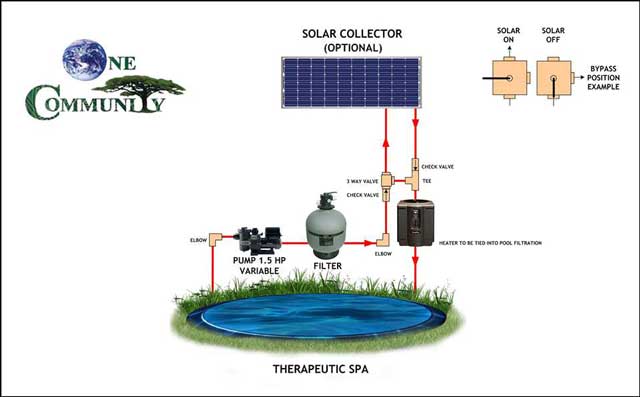
Systemic Approach to Total Sustainability – Final Schematics for Eco-Spa Designs – Click to Visit Page
SYSTEMIC APPROACH TO TOTAL SUSTAINABILITY HIGHEST GOOD SOCIETY PROGRESS
 One Community is supporting a systemic approach to total sustainability through a Highest Good society approach to living that is founded on fulfilled living, the study of meeting human needs, Community, and making a difference in the world:
One Community is supporting a systemic approach to total sustainability through a Highest Good society approach to living that is founded on fulfilled living, the study of meeting human needs, Community, and making a difference in the world:
- Read the Highest Good society overview: Highest Good Society
- Learn about the model for fulfilled living and sharing: A Day in the Life
- Learn about the 4 economic models: RBE | For-profit | Non-profit | Entrepreneurship
- Learn about our open source community collaboration and management software: The Highest Good Network
This last week the core team finished the complete webpage for “Socially Responsible Entrepreneurship” on the People’s Agenda 21 site, sharing the best resources we could find for people interested in engaging and/or learning about Socially Responsible Entrepreneurship:
WHY ONE COMMUNITY IS CREATING THIS
The One Community self-replicating model is capable of creating a sustainable planet within 30 years through a systemic approach to total sustainability. We will achieve this by establishing successful teacher/demonstration hubs on every continent. Villages include designs appropriate for each of the five main types of climates. They also include options for even the most challenged economies. These hubs will collaborate with one another, share ideas, resources, and work together as a network to heal the planet through a systemic approach to total sustainability. They will also transform the global lifestyle to a more enjoyable, fulfilling, healthy, and sustainable one.
The specifics of how One Community is accomplishing this can be found on the One Community Solution Model to Create Solution-creating Models Page. Research supporting and showing the benefits of a model like this can be found on our Research and Resources Articles Archive.
Even if we don’t achieve our ultimate goal of global transformation, a self-replicating teacher/demonstration model like this will take a relatively short period of time to positively affect millions promoting a systemic approach to total sustainability while inspiring millions more. For One Community residents (the Pioneer Team), the idea of creating and sharing the social and recreational experience with visitors is also fun, exciting, fulfilling, and an additional reason why we are creating this.
We also finished the first on-line version of the “Radioactive Wastes” chapter rewrite for the People’s Agenda 21 site:
COMPREHENSIVE SOLUTION TO HUMANITY’S NEEDS
One Community is open source sharing an evolution of sustainable living that addresses the complete human experience and backs a systemic approach to total sustainability. We are doing this because we see the solutions for global food, housing, energy, education, social inequality, ethical business practices, earth regenerative practices, and a desire for a more fulfilling living experience as inseparably interconnected. As a comprehensive solution, we are addressing all these areas simultaneously and open source free-sharing everything needed for individual duplication and/or duplication as complete self-replicating teacher/demonstration communities, villages, and cities to be built around the world.
As we address and open source share these areas we will establish a living example of the first teacher/demonstration village purposed to teach others. To maximally facilitate duplication, One Community will provide seven duplicable examples and function indefinitely as a place people can visit and a non-profit and open source think tank continuing to further evolve and share solutions in all of the above areas and more. We will also provide hands-on experience and training. Most importantly, growing upon our sustainable foundation, we will endlessly make this comprehensive solution even more widely known and globally accessible, understandable and diversely duplicable, and inspiring and desirable as a model worth duplicating and promoting a a systemic approach to total sustainability.
WHAT ONE COMMUNITY IS CREATING
One Community is creating a place to grow together and change the world together by a systemic approach to total sustainability. We are creating a space that helps each other live in integrity with each other and the planet as we strive to be the greatest versions of ourselves. We do this by harmoniously respecting each other, nature, and the rest of our one shared planet.
Our goal is to demonstrate what we feel is the most sustainable, healthy, and fun environment we can create. A place based on compassion, kindness, and collaboration. This replicable community will serve as an example for what is possible.
Throughout our design process we are open sourcing and free-sharing everything needed for construction and replication. This includes what we call “Highest Good” approaches to food, energy, housing, education, for-profit and non-profit economics design, social architecture, fulfilled living, stewardship practices and more. We are creating these resources for implementation as individual components or complete developments called teacher/demonstration hubs. These hubs will help launch additional hubs as awareness and knowledge grow.
WHY ONE COMMUNITY IS CREATING THIS
The One Community self-replicating model is capable of creating a sustainable planet within 30 years. We will achieve this by establishing successful teacher/demonstration hubs on every continent. Villages include designs appropriate for each of the five main types of climates. They also include options for even the most challenged economies. These hubs will collaborate with one another, share ideas, resources, and work together as a network to heal the planet. They will also transform the global lifestyle to a more enjoyable, fulfilling, healthy, and sustainable one.
The specifics of how One Community is accomplishing this can be found on the One Community Solution Model to Create Solution-creating Models Page. Research supporting and showing the benefits of a model like this can be found on our Research and Resources Articles Archive.
Even if we don’t achieve our ultimate goal of global transformation, a self-replicating teacher/demonstration model like this will take a relatively short period of time to positively affect millions while inspiring millions more. For One Community residents (the Pioneer Team), the idea of creating and sharing the social and recreational experience with visitors is also fun, exciting, fulfilling, and an additional reason why we are creating this.
AND WE PRODUCED THIS WEEKLY UPDATES BLOG – CLICK HERE TO SUBSCRIBE
FOLLOW ONE COMMUNITY’S PROGRESS (click icons for our pages)
INVESTOR PAGES
GET INVOLVED
Whole-Life Green-Living Models – One Community Weekly Progress Update #107
Creating whole-life green-living models means evolving sustainability to include all aspects of life, not just food, energy, and housing. Open source and free-sharing these plus education, recreation, economics, and earth stewardship can create an even more comprehensive and sustainable option for people. One Community is doing this as a path to global transformation for The Highest Good of All:
- Here’s our project overview
- Here’s our world-change methodology
- Here’s how this becomes self-replicating
- Here’s how we are open source and free-sharing all the do-it-yourself designs
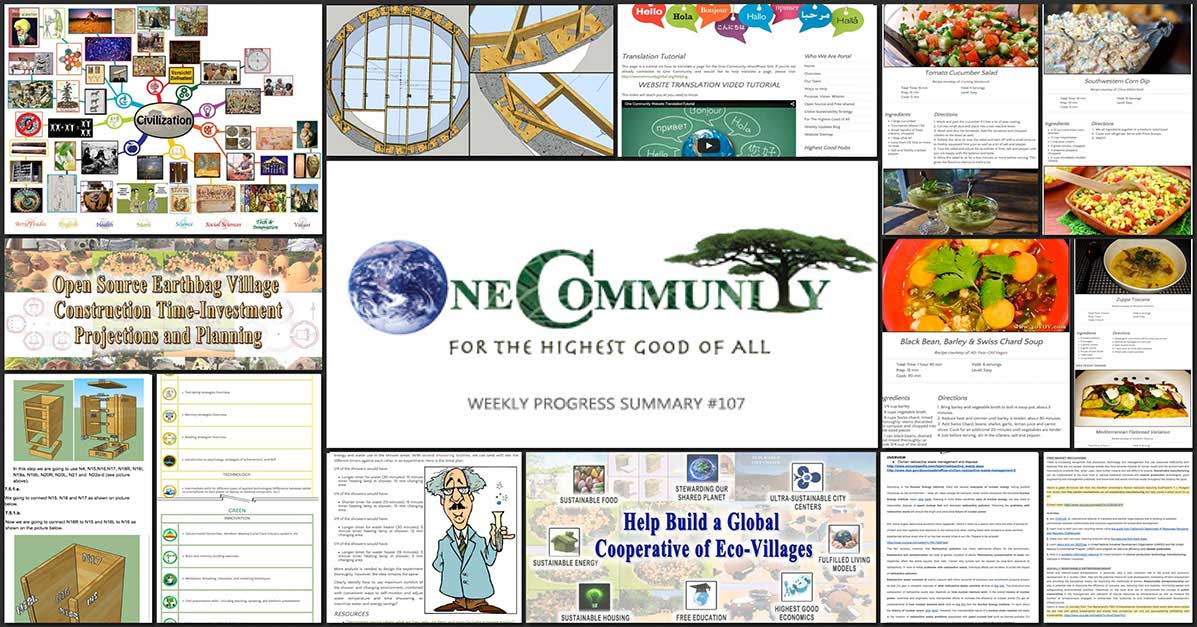
OUR MAIN OPEN SOURCE HUBS
Click on each icon to be taken to the corresponding Highest Good hub page.
One Community’s physical location will forward this movement as the first of many self-replicating teacher/demonstration communities, villages, and cities to be built around the world based on whole-life green-living models. This is the March 22nd, 2015 edition (#107) of our weekly progress update detailing the previous week’s development and accomplishments:
Whole-Life Green-Living Models
One Community Weekly Progress Update #107
Here is the bullet-point list of this last week’s design and progress discussed in detail in the video above:
WHOLE-LIFE GREEN-LIVING MODELS INTRO @1:07
WHOLE-LIFE GREEN-LIVING MODELS: HIGHEST GOOD EDUCATION @2:02
- Added Yellow and Green sections to the Technology and Innovation Molecule webpage (see below)
- Paige Allison Donatelli finished another 25% of the image creation for the Civilization lesson plan (see below)
- Featured the Relative and Dimensional Space lesson plan (image by Paige – see below)
WHOLE-LIFE GREEN-LIVING MODELS: HIGHEST GOOD FOOD: @3:31
- Finished final social media imagery and featured our open source carrots hub and our food forest understory plantings hub (see below)
- Researched and added the recipes to the open source corn hub and the open source cucumbers hub (see below)
- Benjamin Sessions finished all the recipes and images for the second half of Week 4 of the Food Self-sufficiency Transition Plan (see below)
- Sandra Sellani finished another recipe: Black Bean, Barley and Swiss Chard Soup (see below)
WHOLE-LIFE GREEN-LIVING MODELS: HIGHEST GOOD HOUSING: @5:07
- Behind the scenes: continued laying out the specifics for the Open Source Murphy bed furniture assembly details (57% complete)
- Behind the scenes: finished another 10% of the earthdome loft construction tutorial specifics (20% complete – see below)
- Created new social media imagery and featured our complete earthbag village time investment page (see below)
- Added the work of Scott Thomas and his Shadow Ridge Signature Architecture Program team to the Earthbag Village main open source hub and the earthdome furniture page
WHOLE-LIFE GREEN-LIVING MODELS: DUPLICABLE CITY CENTER: @6:31
- Completed final 40% of the thermostatic shower valve and heat lamp energy and water savings open source page (see below)
WHOLE-LIFE GREEN-LIVING MODELS: HIGHEST GOOD SOCIETY: @7:46
- Created image and featured our Becoming a Community Member page (see below)
- Behind the scenes: finished the first draft of “Socially Responsible Entrepreneurship” for the People’s Agenda 21 rewrite of Agenda 21 and begin putting together the webpage (see below)
- Finished the first draft of the “Radioactive Wastes” chapter rewrite for People’s Agenda 21 (see below)
- Finished our web translation tutorial webpage which features the work of Jin Hua (see below)
WHOLE-LIFE GREEN-LIVING MODELS SUMMARY: @8:40
- How you can most help us right now and how anyone can help
CLICK HERE IF YOU’D LIKE TO RECEIVE AN EMAIL EACH WEEK WHEN WE RELEASE A NEW UPDATE
YOU CAN ALSO JOIN US THROUGH SOCIAL MEDIA
Whole-Life Green-Living Models
ONE COMMUNITY WEEKLY UPDATE DETAILS
WHOLE-LIFE GREEN-LIVING MODELS HIGHEST GOOD EDUCATION PROGRESS
 One Community is creating a whole-life green-living models through Highest Good education that is for all ages, applicable in any environment, adaptable to individual needs, far exceeds traditional education standards, and more fun for both the teachers and the students:
One Community is creating a whole-life green-living models through Highest Good education that is for all ages, applicable in any environment, adaptable to individual needs, far exceeds traditional education standards, and more fun for both the teachers and the students:
- Learn about the components: Education open source hub
- Learn how the components work together: How to use the Education for Life Program
This last week the core team Added the Yellow and Green sections to the Technology and Innovation Molecule webpage, which you can see here. This subject page covers the greatest minds, inventions, and creations of all time plus learning strategies, test-taking strategies, technology implementation, systems theory and analysis, and more backing whole-life green-living models:
Paige Allison Donatelli (Graphic Designer and Owner Operator of Namaste Living in a Material World) also finished another 25% of the image creation for the Civilization lesson plan. This brings us to 75% complete on that mindmap. When complete on the site, this lesson plan will teach all subjects, to all learning levels, in any learning environment using the central Civilization theme.
Paige also helped us create new social media imagery for promoting the Relative and Dimensional Space lesson plan, which we featured this last week:
WHOLE-LIFE GREEN-LIVING MODELS HIGHEST GOOD FOOD PROGRESS
 One Community is creating a whole-life green-living models through Highest Good food that is more diverse, more nutritious, locally grown and sustainable, and part of our open source botanical garden model to support and share bio-diversity:
One Community is creating a whole-life green-living models through Highest Good food that is more diverse, more nutritious, locally grown and sustainable, and part of our open source botanical garden model to support and share bio-diversity:
- Learn about the structures: Hoop House Hub | Aquapini & Walipini Open Source Hub
- See what we’ll be growing: Gardens & Hoop Houses | Large-scale Structures | Food Forest | TA
This last week the core team finished the final social media imagery and featured our open source carrots hub:
And we did this for our food forest understory plantings hub:
We also researched and added the final major component to the open source corn hub: RECIPES! You can see these new additions here:
We also did this for the open source cucumbers hub. These first recipe lists will grow as our food experts continue the process of designing the Food Self-sufficiency Transition Plan:
Speaking of food experts, Benjamin Sessions finished all the recipes and images for the second half of Week 4 of the Food Self-sufficiency Transition Plan. You can see these four new recipes here. In support of diversity, all these recipes are omnivore recipes that can easily be made vegan too. When complete, we’ll have a full six months of menus and recipes for people to reference during their own remote-village creation process.
Sandra Sellani, (Vegan Chef and author of What’s Your QB?) also finished another vegan recipe: Black Bean, Barley and Swiss Chard Soup. You can see this recipe also on the Food Self-sufficiency Transition Plan page:
WHOLE-LIFE GREEN-LIVING MODELS HIGHEST GOOD HOUSING PROGRESS
 One Community is creating a whole-life green-living models through Highest Good housing that is artistic and beautiful, more affordable, more space efficient, lasts longer, DIY buildable, and constructed with healthy and sustainable materials:
One Community is creating a whole-life green-living models through Highest Good housing that is artistic and beautiful, more affordable, more space efficient, lasts longer, DIY buildable, and constructed with healthy and sustainable materials:
- Learn about: Our Upcoming Crowdfunding Campaign
- Learn about the different village models: 7 Sustainable Village Models
- Visit the open source portals for the first two: Earthbag Village OS Hub | Straw Bale Village OS Hub
This last week the core team continued laying out the specifics for the Open Source Murphy bed furniture assembly details behind the scenes. These are part of the Earthbag Village and the crowdfunding campaign plan and new updates included more steps for cutting lumber and labeling pieces for the two nightstands and assembling the nightstand frames. What you see here is all this behind-the-scenes work-in-progress. We estimate we are now 57% complete with what is needed for the website:
Also, behind the scenes, we finished another 10% of the earthdome loft construction tutorial specifics – this brings us to 20% complete there. The images you see here are just some of this work that has been done:
We additionally created this new social media imagery and featured our complete earthbag village time investment page:
We also added the work of Scott Thomas and his Shadow Ridge Signature Architecture Program team to the Earthbag Village main open source hub and the earthdome furniture page.
WHOLE-LIFE GREEN-LIVING MODELS DUPLICABLE CITY CENTER PROGRESS
![]() One Community is creating a whole-life green-living models through a Duplicable and Sustainable City Center that is LEED Platinum certified/Sustainable, can feed 200 people at a time, provide laundry for over 300 people, is beautiful, spacious, and saves resources, money, and space:
One Community is creating a whole-life green-living models through a Duplicable and Sustainable City Center that is LEED Platinum certified/Sustainable, can feed 200 people at a time, provide laundry for over 300 people, is beautiful, spacious, and saves resources, money, and space:
- Learn about this building and it’s function: Duplicable City Center Open Source Hub
This last week the core team completed the final 40% of the thermostatic shower valve and heat lamp energy and water savings open source page. This shares the work and calculations of Ron Payne (Mechanical Engineer and HVAC / Thermal Designer) as a complete and open source resource covering our rationale and additional-testing-strategies plan for using this hardware, timers, and in-shower heat lamps for saving energy and water in both the Duplicable City Center and the Earthbag Village.
WHOLE-LIFE GREEN-LIVING MODELS HIGHEST GOOD SOCIETY PROGRESS
 One Community is creating a whole-life green-living models through a Highest Good society approach to living that is founded on fulfilled living, the study of meeting human needs, Community, and making a difference in the world:
One Community is creating a whole-life green-living models through a Highest Good society approach to living that is founded on fulfilled living, the study of meeting human needs, Community, and making a difference in the world:
- Read the Highest Good society overview: Highest Good Society
- Learn about the model for fulfilled living and sharing: A Day in the Life
- Learn about the 4 economic models: RBE | For-profit | Non-profit | Entrepreneurship
- Learn about our open source community collaboration and management software: The Highest Good Network
This last week the core team created this image and featured our Becoming a Community Member page:
Behind the scenes we finished the first draft of “Socially Responsible Entrepreneurship” for the People’s Agenda 21 rewrite of Agenda 21 and begin putting together the webpage:
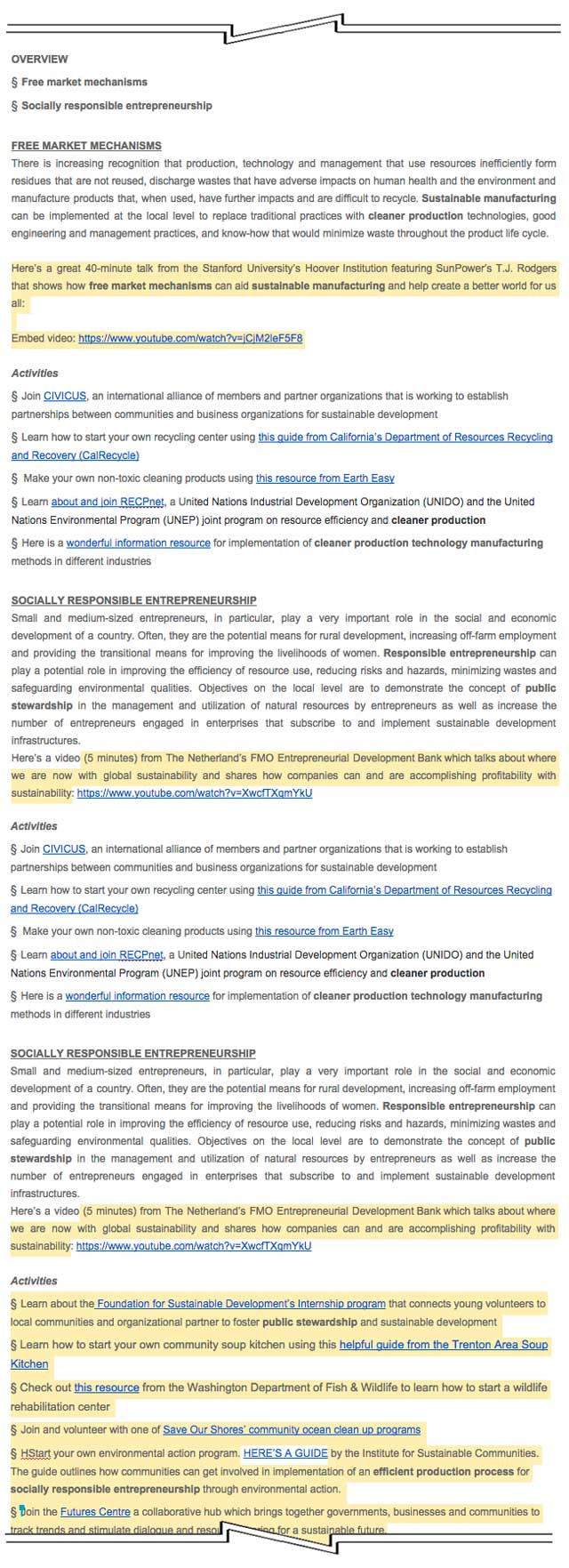
“Socially Responsible Entrepreneurship” – 1st Draft Finished Behind the Scenes – Click to Visit Page
We also finished the first draft of the “Radioactive Wastes” chapter rewrite for People’s Agenda 21:
Last but not least, we finished our web translation tutorial webpage. This new tutorial page features the work of Jin Hua (Internet Marketing Expert and Web Developer) teaching what’s needed for translating any page of our site into another language:
WHAT ONE COMMUNITY IS CREATING
One Community is creating a place to grow together and change the world together using whole-life green-living models. We are creating a space that helps each other live in integrity with each other and the planet as we strive to be the greatest versions of ourselves. We do this by harmoniously respecting each other, nature, and the rest of our one shared planet.
Our goal is to demonstrate what we feel is the most sustainable, healthy, and fun environment we can create. A place based on compassion, kindness, and collaboration. This replicable community will serve as an example for what is possible.
Throughout our design process we are open sourcing and free-sharing everything needed for construction and replication. This includes what we call “Highest Good” approaches to food, energy, housing, education, for-profit and non-profit economics design, social architecture, fulfilled living, stewardship practices and more. We are creating these resources for implementation as individual components or complete developments called teacher/demonstration hubs. These hubs will help launch additional hubs as awareness and knowledge grow.
WHY ONE COMMUNITY IS CREATING THIS
The One Community self-replicating model is capable of creating a sustainable planet within 30 years. We will achieve this by establishing successful teacher/demonstration hubs on every continent based on whole-life green-living models . Villages include designs appropriate for each of the five main types of climates. They also include options for even the most challenged economies. These hubs will collaborate with one another, share ideas, resources, and work together as a network to heal the planet. They will also transform the global lifestyle to a more enjoyable, fulfilling, healthy, and sustainable one.
The specifics of how One Community is accomplishing this can be found on the One Community Solution Model to Create Solution-creating Models Page. Research supporting and showing the benefits of a model like this can be found on our Research and Resources Articles Archive.
Even if we don’t achieve our ultimate goal of global transformation, a self-replicating teacher/demonstration model like this will take a relatively short period of time to positively affect millions while inspiring millions more. For One Community residents (the Pioneer Team), the idea of creating and sharing the social and recreational experience with visitors is also fun, exciting, fulfilling, and an additional reason why we are creating this.
INSPIRING SUSTAINABILITY WITH OPEN SOURCE
One Community’s four-phase strategy for the creation of solution models that create solution creating models uses open source blueprints for duplication that simultaneously address all aspects of the human experience (food, energy, housing, education, social inequality and injustice, fulfilled living, etc.) highlighting the importance of whole-life green-living models . We see these areas as interdependent and requiring a comprehensive solution if humanity is to move ecologically, socially, economically, and permanently towards a truly sustainable future for everyone.
Our open source model and blueprints engage and inspire people while simultaneously making sustainable living more affordable and easy to replicate. By free-sharing the step-by-step plans people need for duplication, inviting people to participate, and demonstrating sustainable teacher/demonstration hubs as a more desirable way of living, the model will predictably expand on its own.
It is this approach we see uniting the world and leading to a new Golden Age for humanity by following sustainable practices based on whole-life green-living models . While we understand that not everyone believes this is even possible, we are nonetheless bringing together all those that do see this as possible as the non-profit think tank of forward-thinking individuals willing to design, build, and open source project-launch blueprint and free-share it for The Highest Good of All.
AND WE PRODUCED THIS WEEKLY UPDATES BLOG – CLICK HERE TO SUBSCRIBE
FOLLOW ONE COMMUNITY’S PROGRESS (click icons for our pages)
INVESTOR PAGES
GET INVOLVED
Creating a Goal-Oriented Ecological Renaissance – One Community Weekly Progress Update #106
Creating a goal-oriented ecological renaissance consists of clear objectives and making ecological progress easy enough, affordable enough, and attractive enough to spread on its own. Open source and free-shared resources covering all aspects of sustainable living, created for The Highest Good of All, are One Community’s path to facilitating this:
- Here’s our project overview
- Here’s our world-change methodology
- Here’s how this becomes self-replicating
- Here’s how we are open source and free-sharing all the do-it-yourself designs
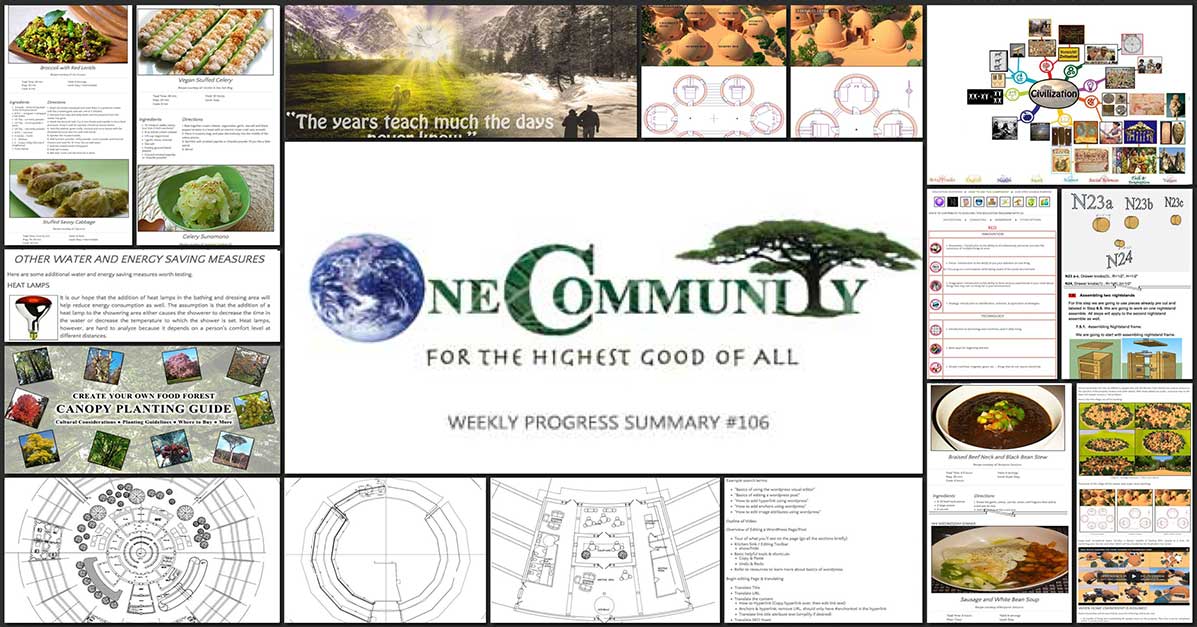
OUR MAIN OPEN SOURCE HUBS
Click on each icon to be taken to the corresponding Highest Good hub page.
Creating a Goal-Oriented Ecological Renaissance One Community’s physical location will forward this movement as the first of many self-replicating teacher/demonstration communities, villages, and cities to be built around the world. This is the March 15th, 2015 edition (#106) of our weekly progress update detailing the previous week’s development and accomplishments:
Creating a goal-oriented ecological renaissance
One Community Weekly Progress Update #106
Here is the bullet-point list of this last week’s design and progress discussed in detail in the video above:
CREATING A GOAL-ORIENTED ECOLOGICAL RENAISSANCE INTRO @1:04
CREATING A GOAL-ORIENTED ECOLOGICAL RENAISSANCE HIGHEST GOOD EDUCATION @2:02
- Created the initial setup of the Technology and Innovation Molecule webpage (see below)
- Behind the scenes: finished the rest of the written design for the lesson plan with the central theme of “Civilization.”
- Paige Allison Donatelli finished another 30% of the image for the Civilization lesson plan (see below)
- Featured the Time Lesson Plan (image by Paige – see below)
CREATING A GOAL-ORIENTED ECOLOGICAL RENAISSANCE HIGHEST GOOD FOOD: @3:40
- Finished the final social media imagery and featured our open source beet hub (see below)
- Finished the final social media imagery and featured our food forest canopy plantings hub (see below)
- Researched and added the recipes to the open source cole crops hub and the open source celery hub (see below)
- Benjamin Sessions finished all the recipes and images for the first half of Week 4 of the Food Self-sufficiency Transition Plan (see below)
CREATING A GOAL-ORIENTED ECOLOGICAL RENAISSANCE HIGHEST GOOD HOUSING: @5:04
- Behind the scenes: continued laying out the specifics for the Open Source Murphy bed furniture assembly details (55% complete – see below)
- Behind the scenes: finished the first 10% of the earthdome loft construction tutorial specifics
- Scott Thomas and his Shadow Ridge team finished the final CAD input details of the Earthbag Village 3-dome cluster designs, an ADA version of the 3-dome cluster, and finished the final window placement edits for the 6-dome clusters (see below)
- Dave Walen finished a complete redesign of the Straw Bale Village (Pod 2) entryway (see below)
CREATING A GOAL-ORIENTED ECOLOGICAL RENAISSANCE DUPLICABLE CITY CENTER: @6:51
- Completed another 50% of the thermostatic shower valve and heat lamp energy and water savings open source page (see below)
CREATING A GOAL-ORIENTED ECOLOGICAL RENAISSANCE HIGHEST GOOD SOCIETY: @8:03
- Finished collaboration on home ownership details (see below)
- Jin Hua finished the video tutorial for translating any page of our site into another language (see below)
CREATING A GOAL-ORIENTED ECOLOGICAL RENAISSANCE SUMMARY: @9:05
- How you can most help us right now and how anyone can help
CLICK HERE IF YOU’D LIKE TO RECEIVE AN EMAIL EACH WEEK WHEN WE RELEASE A NEW UPDATE
YOU CAN ALSO JOIN US THROUGH SOCIAL MEDIA
Creating a goal-oriented ecological renaissance
ONE COMMUNITY WEEKLY UPDATE DETAILS
CREATING A GOAL-ORIENTED ECOLOGICAL RENAISSANCE: HIGHEST GOOD EDUCATION PROGRESS
 One Community is creating a goal-oriented ecological renaissance through Highest Good education that is for all ages, applicable in any environment, adaptable to individual needs, far exceeds traditional education standards, and more fun for both the teachers and the students:
One Community is creating a goal-oriented ecological renaissance through Highest Good education that is for all ages, applicable in any environment, adaptable to individual needs, far exceeds traditional education standards, and more fun for both the teachers and the students:
- Learn about the components: Education open source hub
- Learn how the components work together: How to use the Education for Life Program
This last week the core team created the initial setup of the Technology and Innovation Molecule webpage, which you can see here. This is the beginning formatting for this subject page that will cover the greatest minds, inventions, and creations of all time plus learning strategies, test-taking strategies, technology implementation, systems theory and analysis, and more aimed at creating a Goal-Oriented Ecological Renaissance.
Behind the scenes we also finished the rest of the written design for the lesson plan we’re working on with the central theme of “Civilization.”
Paige Allison Donatelli (Graphic Designer and Owner Operator of Namaste Living in a Material World) additionally finished another 30% of the image creation for the Civilization lesson plan. This brings us to 50% complete there. When complete on the site, this lesson plan will teach all subjects, to all learning levels, in any learning environment using the central Civilization theme:
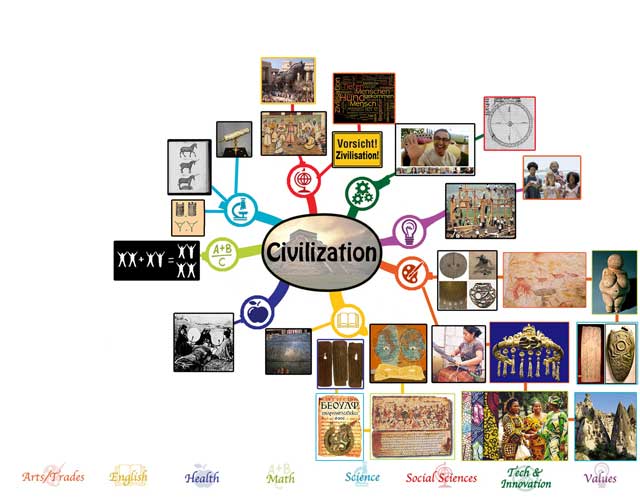
Creating a Goal-Oriented Ecological Renaissance – Civilization Mindmap – 50% Complete – Click to Visit Page
In addition to all this, we featured the Time Lesson Plan this week using this beautiful creation from Paige:
CREATING A GOAL-ORIENTED ECOLOGICAL RENAISSANCE HIGHEST GOOD FOOD PROGRESS
 One Community is creating a goal-oriented ecological renaissance through Highest Good food that is more diverse, more nutritious, locally grown and sustainable, and part of our open source botanical garden model to support and share bio-diversity:
One Community is creating a goal-oriented ecological renaissance through Highest Good food that is more diverse, more nutritious, locally grown and sustainable, and part of our open source botanical garden model to support and share bio-diversity:
- Learn about the structures: Hoop House Hub | Aquapini & Walipini Open Source Hub
- See what we’ll be growing: Gardens & Hoop Houses | Large-scale Structures | Food Forest | TA
This last week the core team finished the final social media imagery and featured our open source beet hub:
And we did this for our food forest canopy plantings hub too:
We also researched and added the final major component to the open source cole crops hub: RECIPES! You can see these new additions here:
We also did this for the open source celery hub. These first recipe lists will grow as our food experts continue the process of designing the Food Self-sufficiency Transition Plan.
Speaking of food experts, Benjamin Sessions finished all the recipes and images for the first half of Week 4 of the Food Self-sufficiency Transition Plan. You can see these four new recipes here along with the one he completed last week. In support of diversity, all these recipes are omnivore recipes that can easily be made vegan too. The purpose of all of these: supply remote village creation menu details sufficient to meet needs until food self-sufficiency is achieved.
CREATING A GOAL-ORIENTED ECOLOGICAL RENAISSANCE: HIGHEST GOOD HOUSING PROGRESS
 One Community is creating a goal-oriented ecological renaissance through Highest Good housing that is artistic and beautiful, more affordable, more space efficient, lasts longer, DIY buildable, and constructed with healthy and sustainable materials:
One Community is creating a goal-oriented ecological renaissance through Highest Good housing that is artistic and beautiful, more affordable, more space efficient, lasts longer, DIY buildable, and constructed with healthy and sustainable materials:
- Learn about: Our Upcoming Crowdfunding Campaign
- Learn about the different village models: 7 Sustainable Village Models
- Visit the open source portals for the first two: Earthbag Village OS Hub | Straw Bale Village OS Hub
This last week the core team continued laying out the specifics for the Open Source Murphy bed furniture assembly details behind the scenes. These are part of the Earthbag Village and the crowdfunding campaign plan creating a Goal-Oriented Ecological Renaissance and new updates included cutting lumber and labeling pieces for two nightstands and assembling the nightstand frames. What you see here is all this behind-the-scenes work-in-progress. We estimate we are now 55% complete with what is needed for the website.
Also, behind the scenes, we finished the first 10% of the earthdome loft construction tutorial specifics.
In addition to this, Scott Thomas and his Shadow Ridge Signature Architecture Program team also finished the final CAD input details of the Earthbag Village shared-accommodation 3-dome cluster designs:
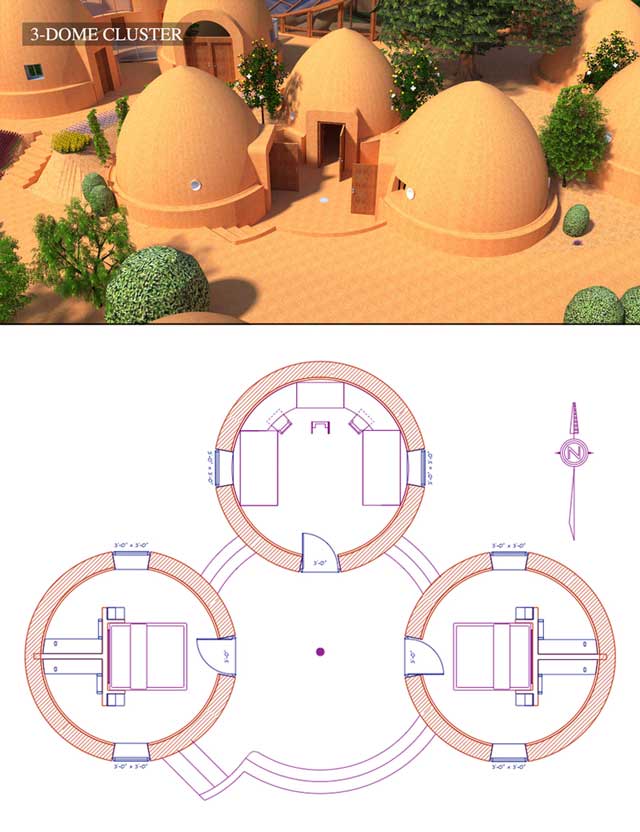
Creating a Goal-Oriented Ecological Renaissance – Earthbag village 3-Dome Cluster – Click to Visit Page
And the ADA version of this 3-dome cluster:
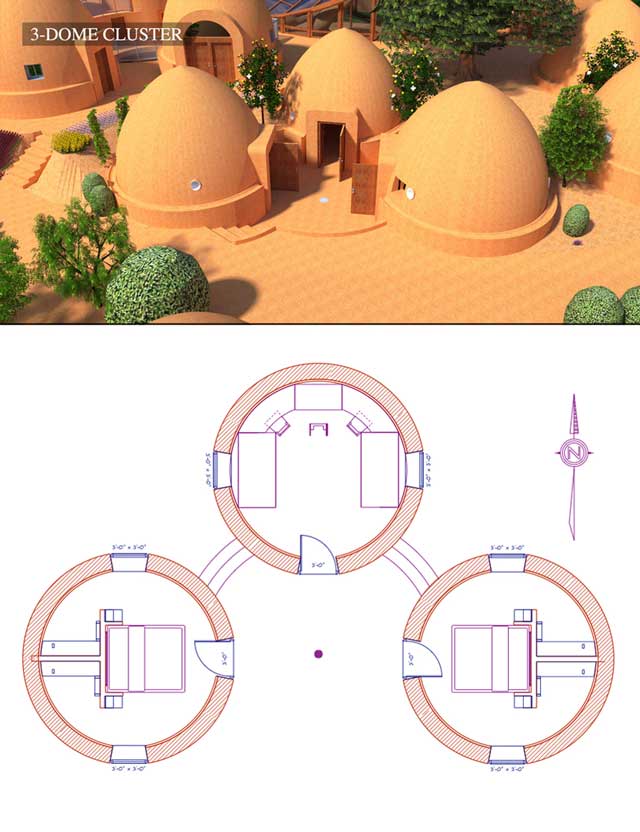
Creating a Goal-Oriented Ecological Renaissance – Earthbag village ADA 3-Dome Cluster – Click to Visit
And the final window placement edits needed for the 6-dome clusters:
Dave Walen (Architectural Drafter & Designer and owner of Dave Philip Walen Design) finished a complete redesign of the Straw Bale Village (Pod 2) entryway that you can see here:
He also redesigned the central area so that it is built with straw bale walls like the rest of the village:
He’s also been working on the plumbing specifics:
CREATING A GOAL-ORIENTED ECOLOGICAL RENAISSANCE: DUPLICABLE CITY CENTER PROGRESS
![]() One Community is creating a goal-oriented ecological renaissance through a Duplicable and Sustainable City Center that is LEED Platinum certified/Sustainable, can feed 200 people at a time, provide laundry for over 300 people, is beautiful, spacious, and saves resources, money, and space:
One Community is creating a goal-oriented ecological renaissance through a Duplicable and Sustainable City Center that is LEED Platinum certified/Sustainable, can feed 200 people at a time, provide laundry for over 300 people, is beautiful, spacious, and saves resources, money, and space:
- Learn about this building and it’s function: Duplicable City Center Open Source Hub
This last week the core team completed another 50% of the thermostatic shower valve and heat lamp energy and water savings open source page. This brings us to 60% complete and shares the work of Ron Payne (Mechanical Engineer and HVAC / Thermal Designer). When finished it will be a complete and open source resource for our research and rationale for using this hardware for saving money and increasing safety in both the Duplicable City Center and the Earthbag Village.
CREATING A GOAL-ORIENTED ECOLOGICAL RENAISSANCE: HIGHEST GOOD SOCIETY PROGRESS
 One Community is creating a goal-oriented ecological renaissance through a Highest Good society approach to living that is founded on fulfilled living, the study of meeting human needs, Community, and making a difference in the world:
One Community is creating a goal-oriented ecological renaissance through a Highest Good society approach to living that is founded on fulfilled living, the study of meeting human needs, Community, and making a difference in the world:
- Read the Highest Good society overview: Highest Good Society
- Learn about the model for fulfilled living and sharing: A Day in the Life
- Learn about the 4 economic models: RBE | For-profit | Non-profit | Entrepreneurship
- Learn about our open source community collaboration and management software: The Highest Good Network
This last week the core team finished 3 months of collaboration and structuring of what home ownership will look like at One Community. This includes the details of how residents on vacation will be able to earn rental revenue, what a “Home Share” will represent for those joining after we own the property, how “Home Shares” will be able to be used for earning revenue and more. Visit the Becoming a Community Member page for complete details.
Jin Hua (Internet Marketing Expert and Web Developer) also finished the video that goes with the overview you see below. What he’s created is an amazing tutorial for translating any page of our site into another language. The video is done and edited and we’ll be making a complete translation page to teach people how they can do this amazing work.
AND WE PRODUCED THIS WEEKLY UPDATES BLOG – CLICK HERE TO SUBSCRIBE
Creating a goal-oriented ecological renaissance
WHAT ONE COMMUNITY IS CREATING
One Community is creating a place to grow together and change the world together by creating a Goal-Oriented Ecological Renaissance. We are creating a space that helps each other live in integrity with each other and the planet as we strive to be the greatest versions of ourselves. We do this by harmoniously respecting each other, nature, and the rest of our one shared planet.
Our goal is to demonstrate what we feel is the most sustainable, healthy, and fun environment we can create by creating a Goal-Oriented Ecological Renaissance. A place based on compassion, kindness, and collaboration. This replicable community will serve as an example for what is possible.
Throughout our design process we are open sourcing and free-sharing everything needed for construction and replication by creating a Goal-Oriented Ecological Renaissance. This includes what we call “Highest Good” approaches to food, energy, housing, education, for-profit and non-profit economics design, social architecture, fulfilled living, stewardship practices and more creating a Goal-Oriented Ecological Renaissance. We are creating these resources for implementation as individual components or complete developments called teacher/demonstration hubs. These hubs will help launch additional hubs as awareness and knowledge grow.
WHY ONE COMMUNITY IS CREATING THIS
The One Community self-replicating model is capable of creating a sustainable planet within 30 years by creating a Goal-Oriented Ecological Renaissance . We will achieve this by establishing successful teacher/demonstration hubs on every continent. Villages include designs appropriate for each of the five main types of climates. They also include options for even the most challenged economies. These hubs will collaborate with one another, share ideas, resources, and work together as a network to heal the planet by creating a Goal-Oriented Ecological Renaissance. They will also transform the global lifestyle to a more enjoyable, fulfilling, healthy, and sustainable one.
The specifics of how One Community is accomplishing this can be found on the One Community Solution Model to Create Solution-creating Models Page. Research supporting and showing the benefits of a model like this can be found on our Research and Resources Articles Archive.
Even if we don’t achieve our ultimate goal of global transformation, a self-replicating teacher/demonstration model like this will take a relatively short period of time to positively affect millions while inspiring millions more creating a Goal-Oriented Ecological Renaissance. For One Community residents (the Pioneer Team), the idea of creating and sharing the social and recreational experience with visitors is also fun, exciting, fulfilling, and an additional reason why we are creating this.
COMPREHENSIVE SOLUTION TO HUMANITY’S NEEDS
One Community is open source sharing an evolution of sustainable living that addresses the complete human experience. We are doing this because we see the solutions for global food, housing, energy, education, social inequality, ethical business practices, earth regenerative practices, and a desire for a more fulfilling living experience as inseparably interconnected. As a comprehensive solution, we are addressing all these areas simultaneously and open source free-sharing everything needed for individual duplication and/or duplication as complete self-replicating teacher/demonstration communities, villages, and cities to be built around the world.
As we address and open source share these areas we will establish a living example of the first teacher/demonstration village purposed to teach others. To maximally facilitate duplication, One Community will provide seven duplicable examples and function indefinitely as a place people can visit and a non-profit and open source think tank continuing to further evolve and share solutions in all of the above areas and more. We will also provide hands-on experience and training. Most importantly, growing upon our sustainable foundation, we will endlessly make this comprehensive solution even more widely known and globally accessible, understandable and diversely duplicable, and inspiring and desirable as a model worth duplicating.
 One Community
One Community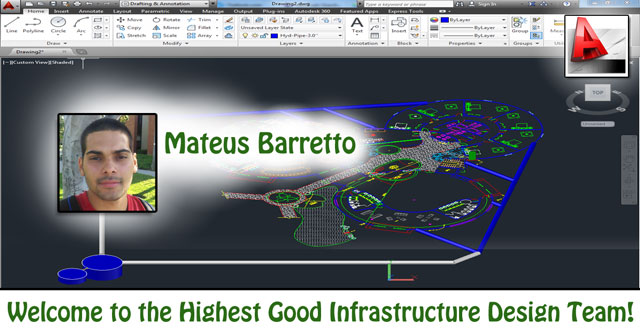
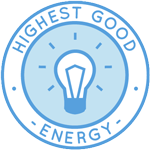

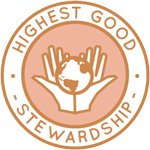


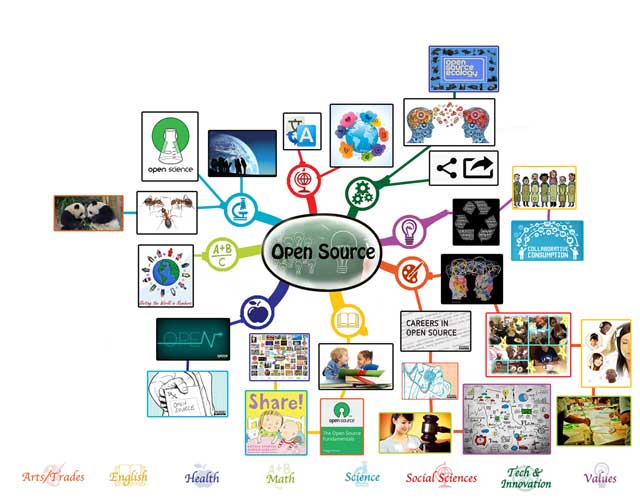
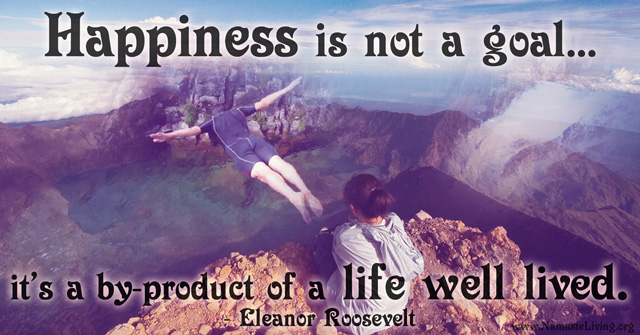
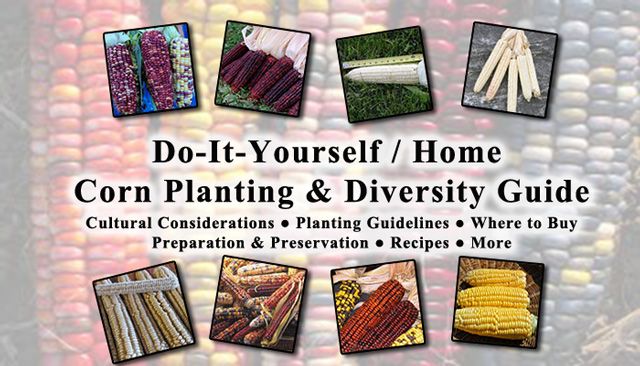

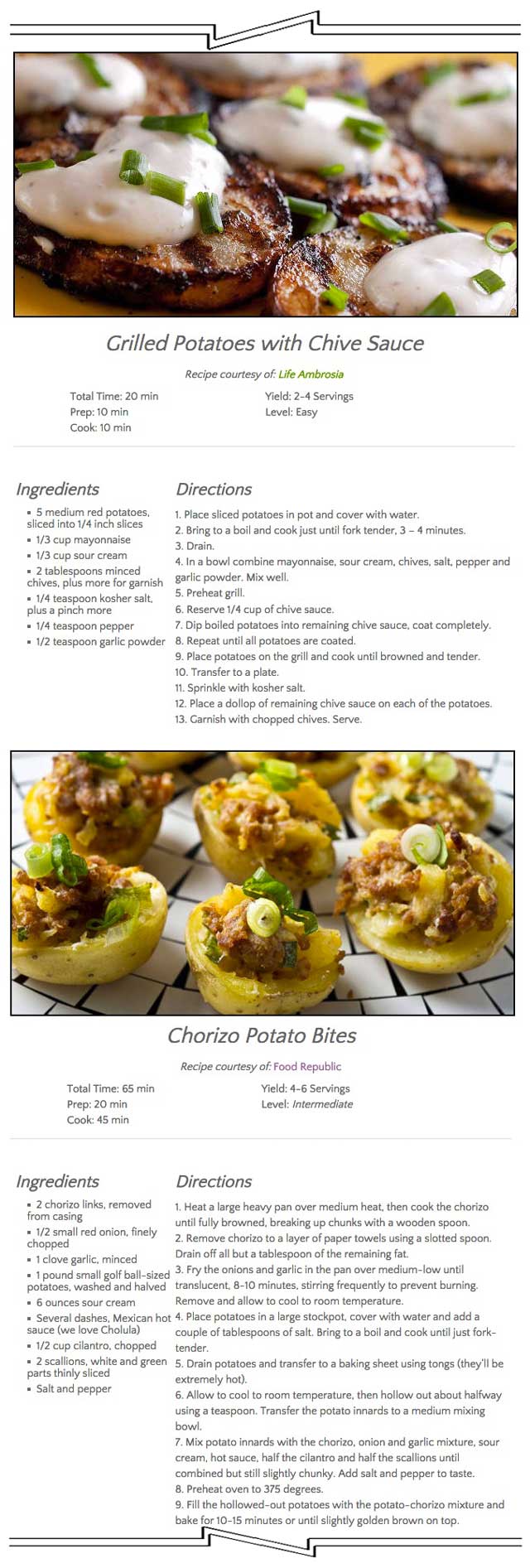
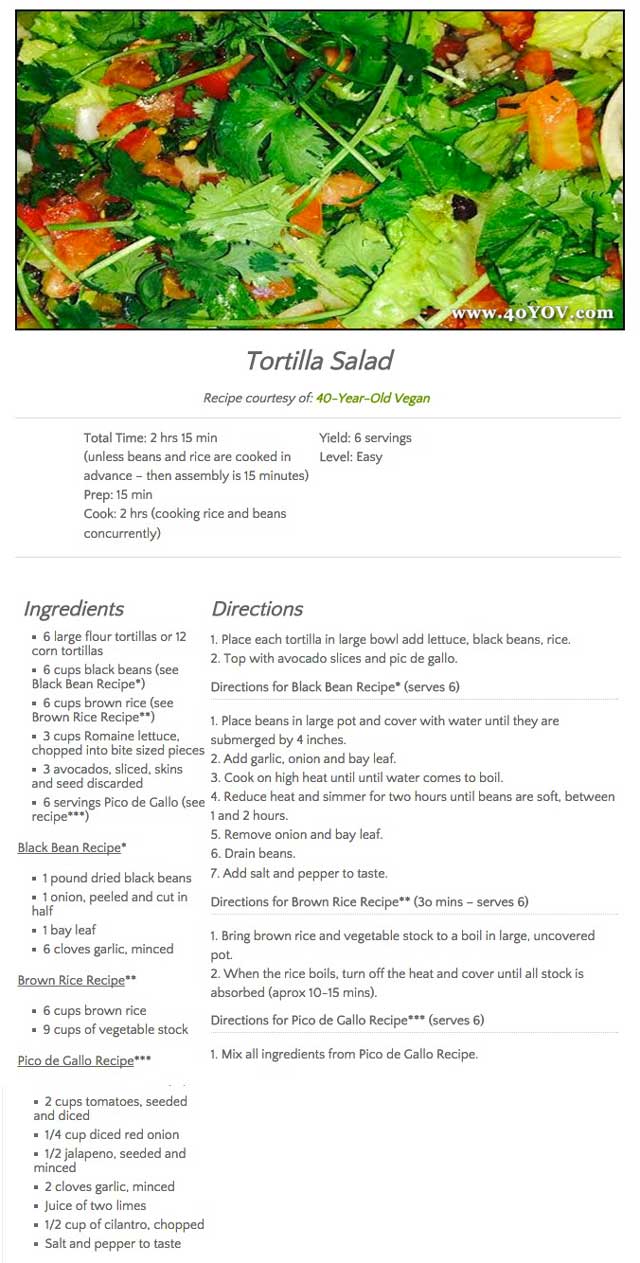
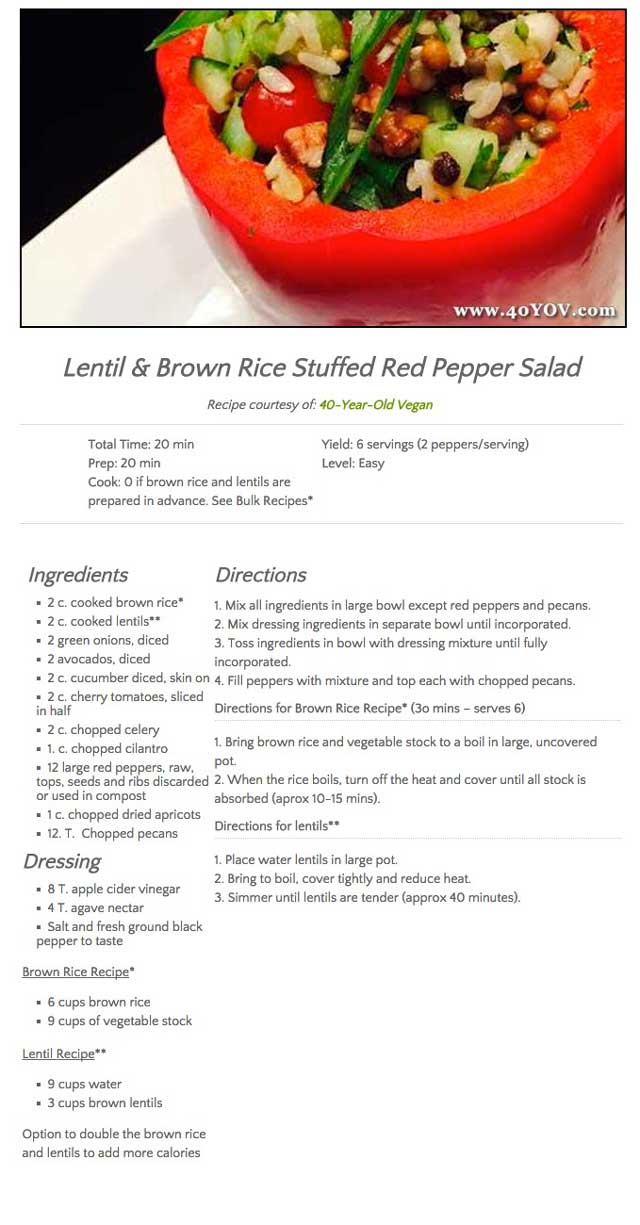

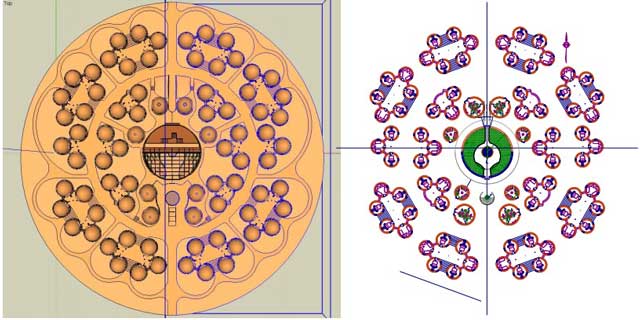







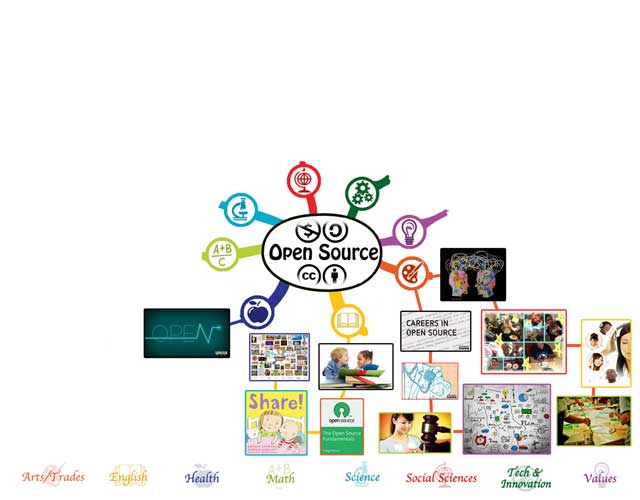
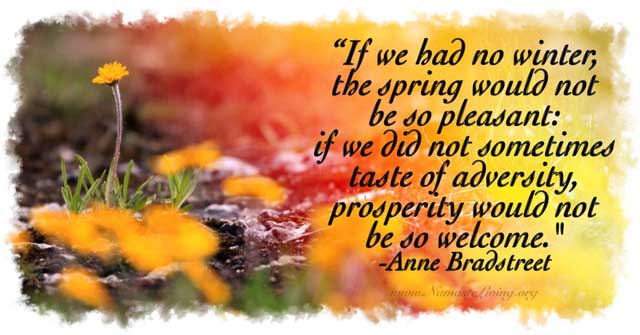
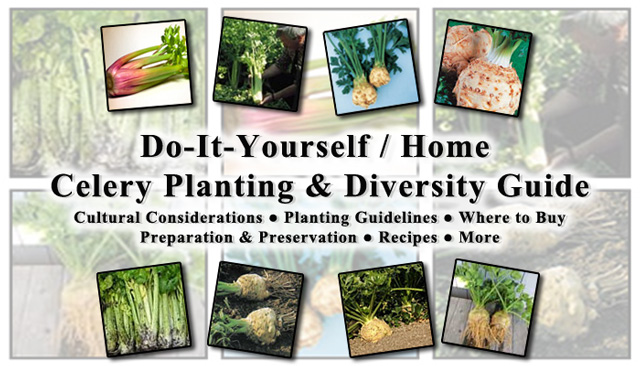

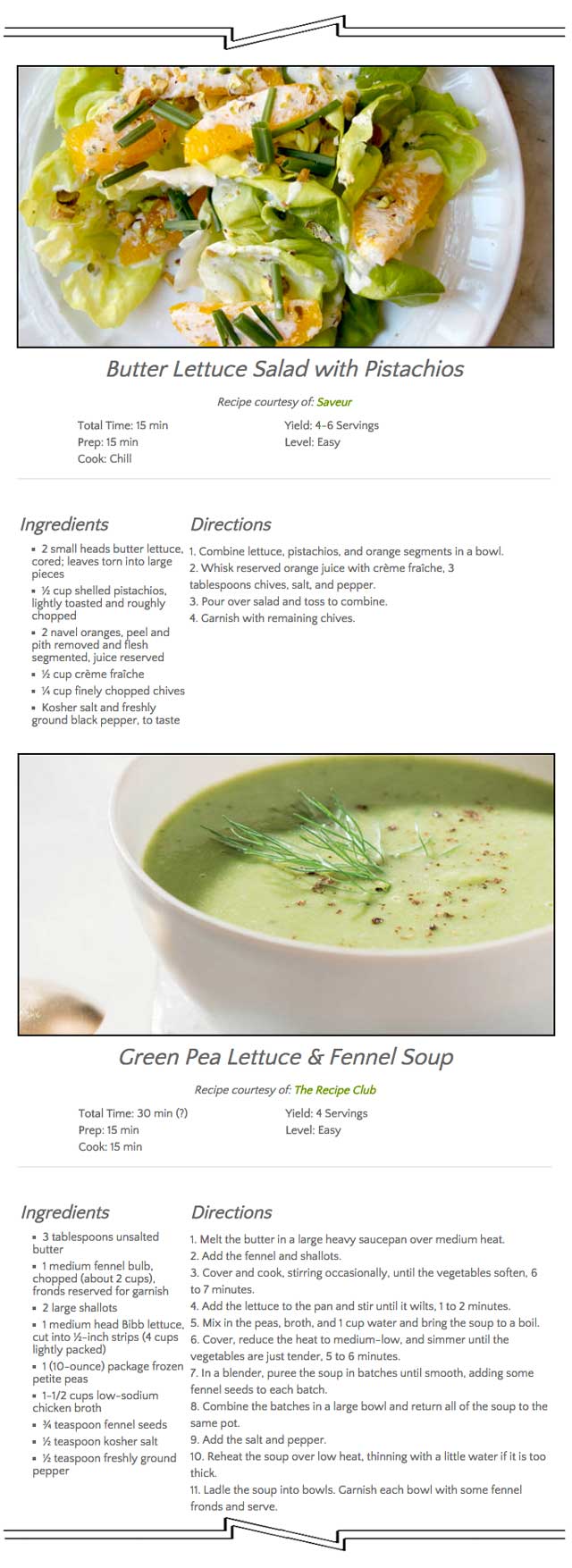

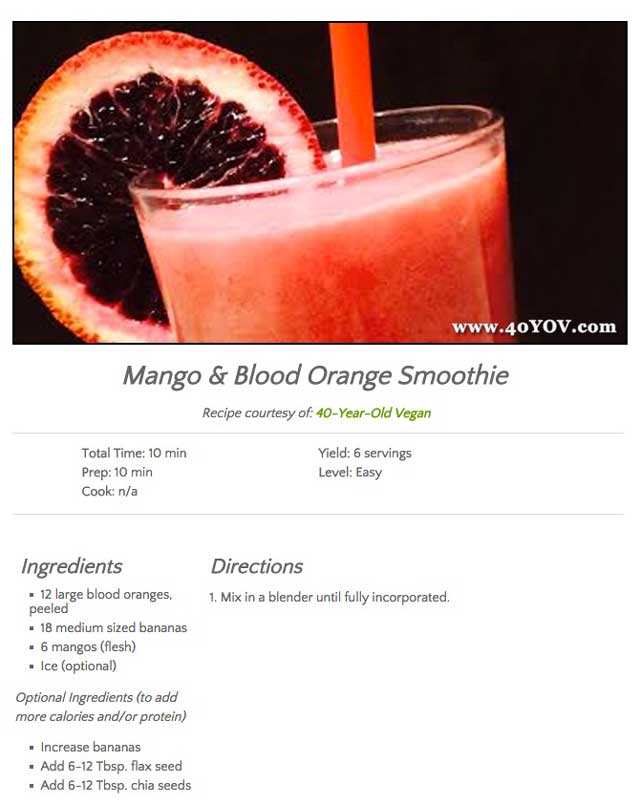

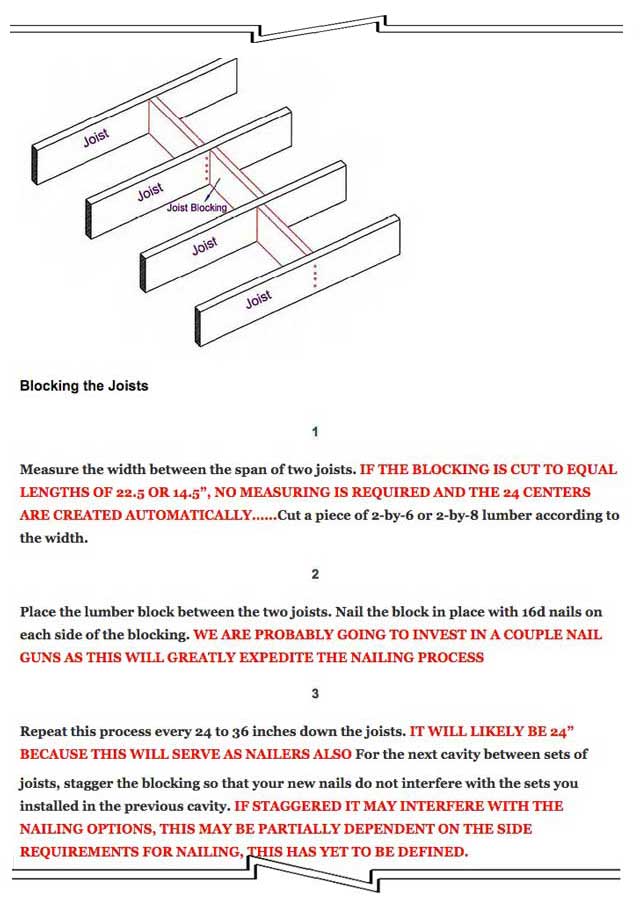
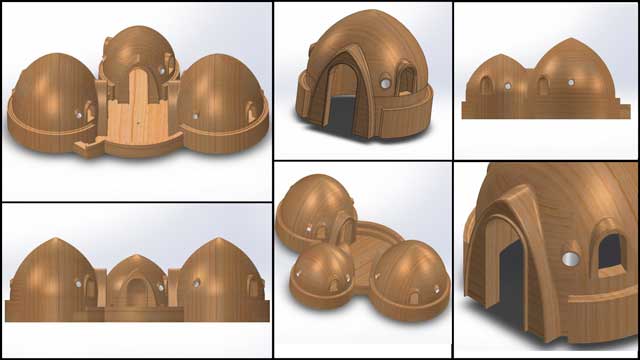

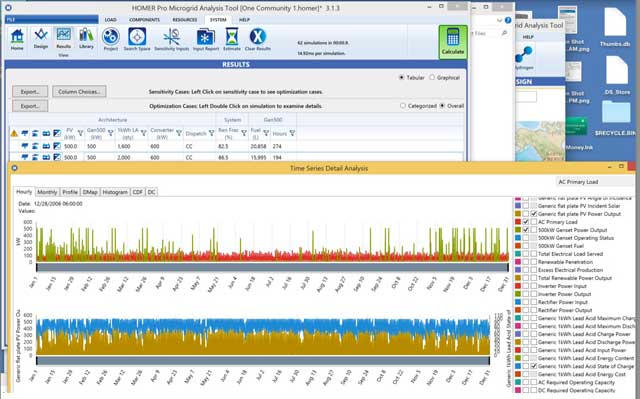
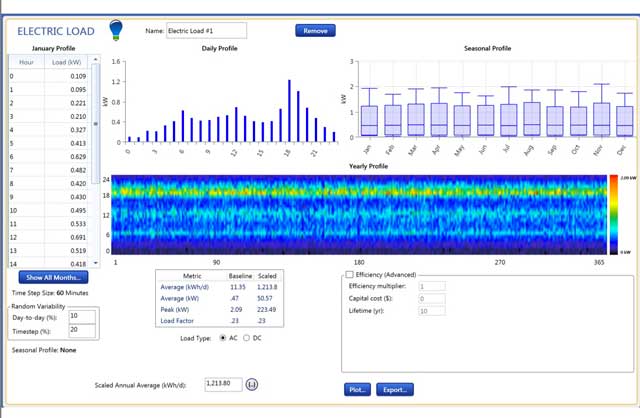

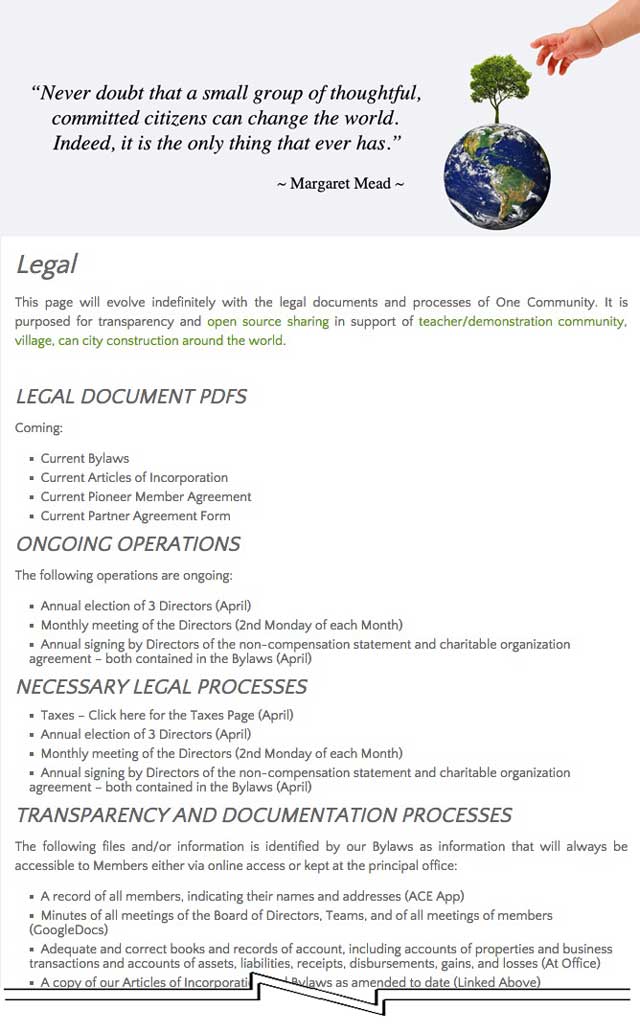

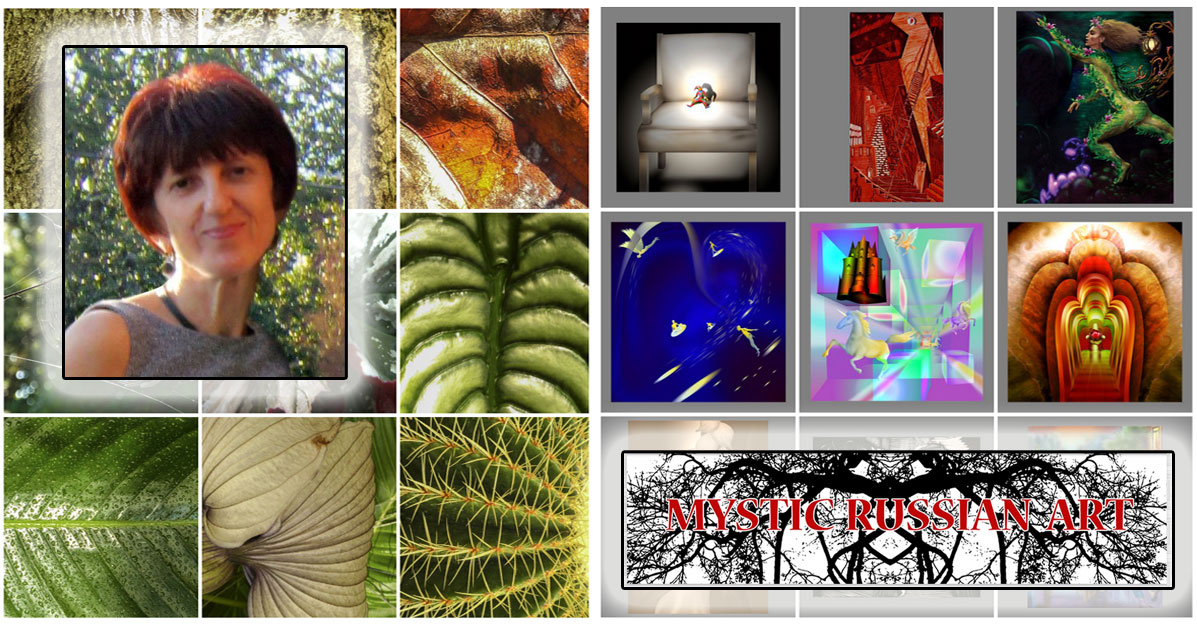

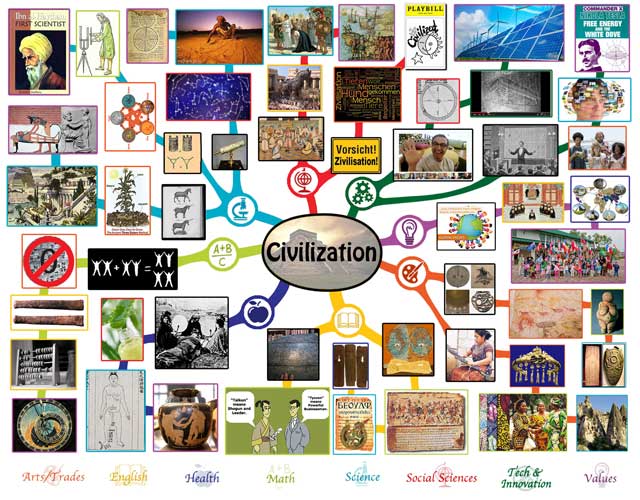
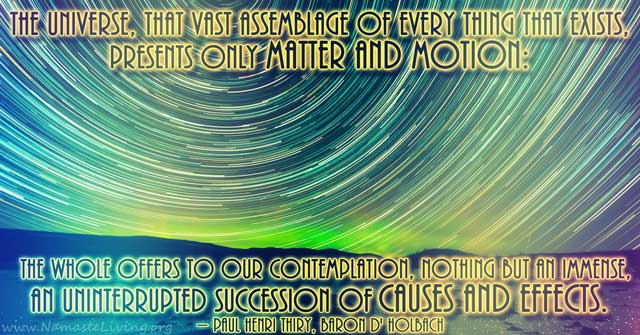



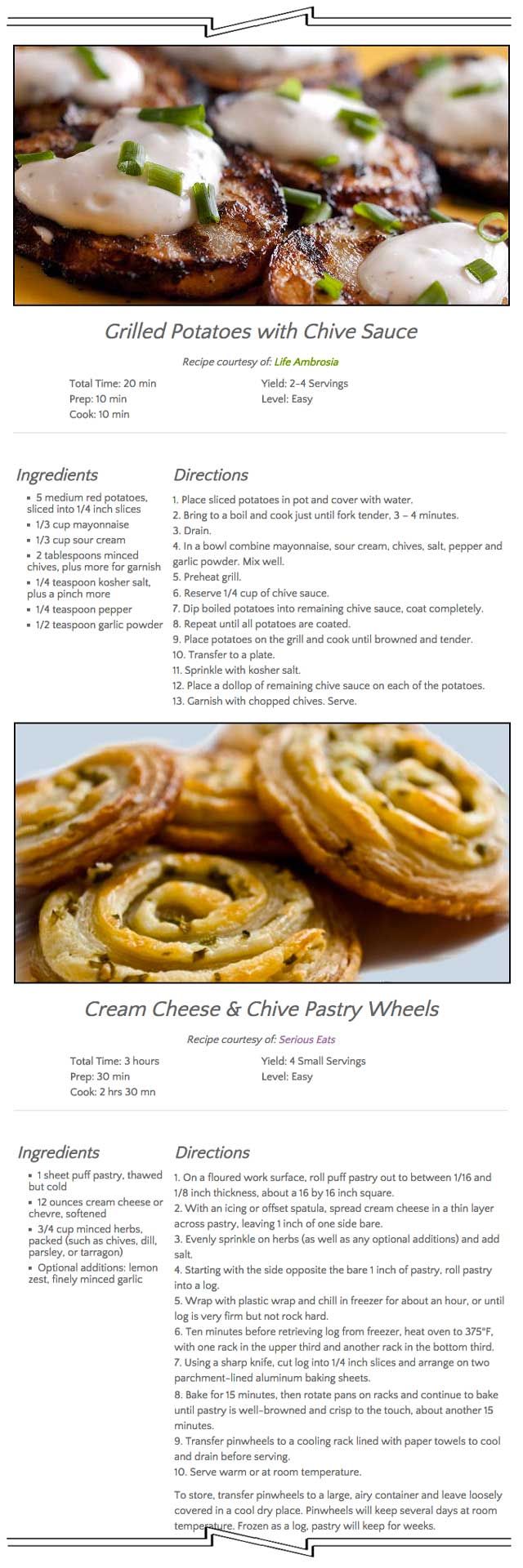
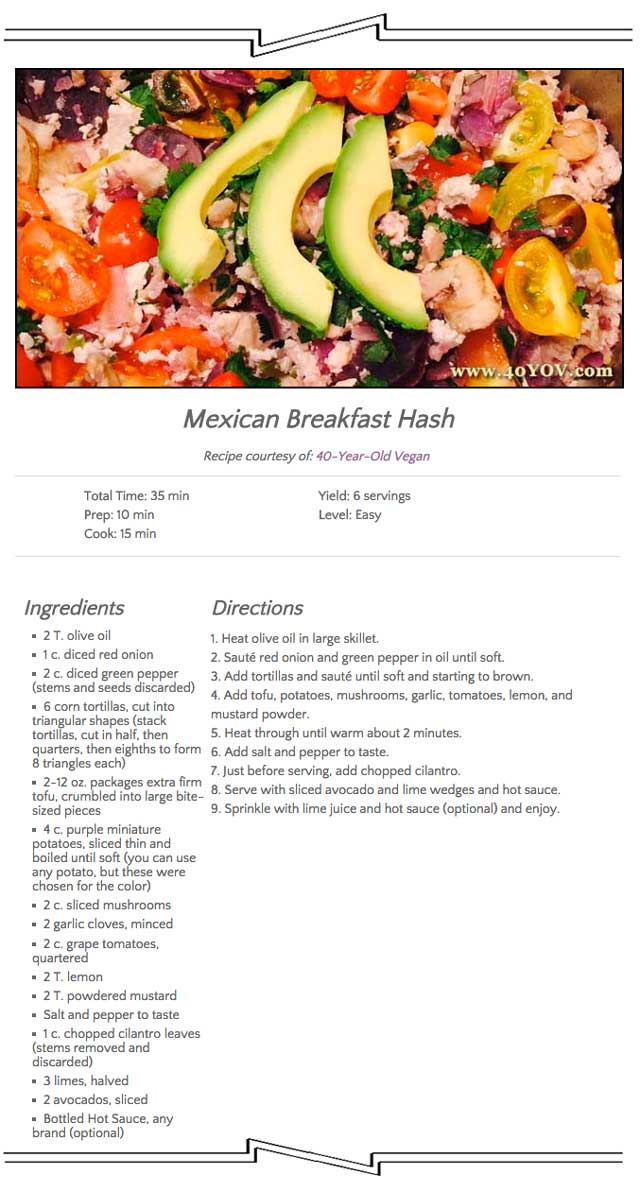


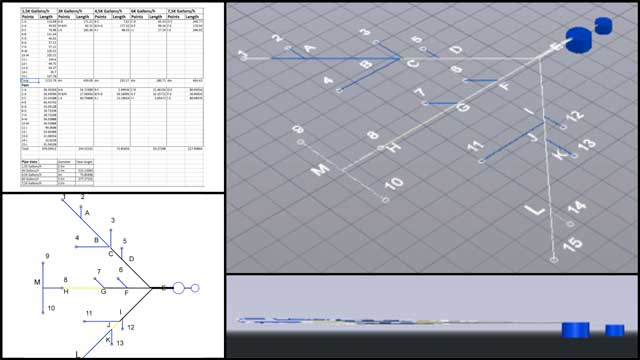
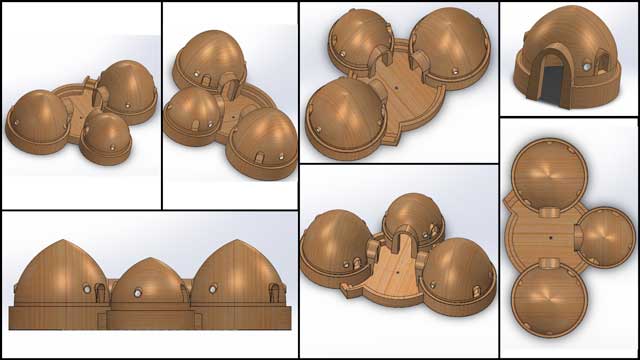
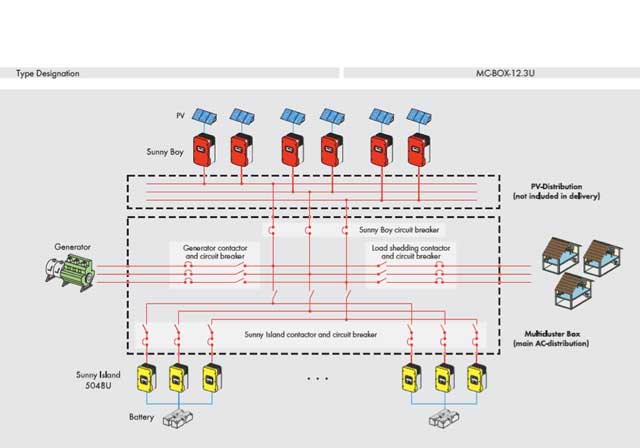
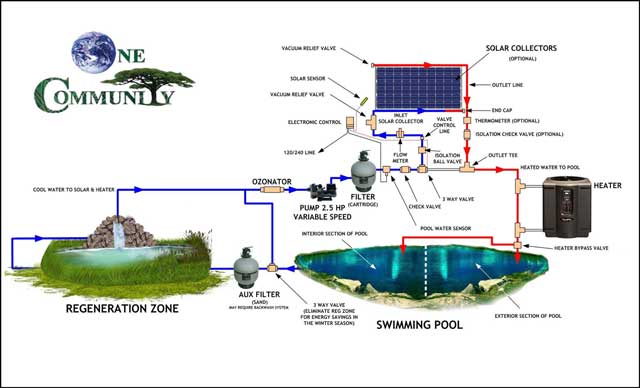


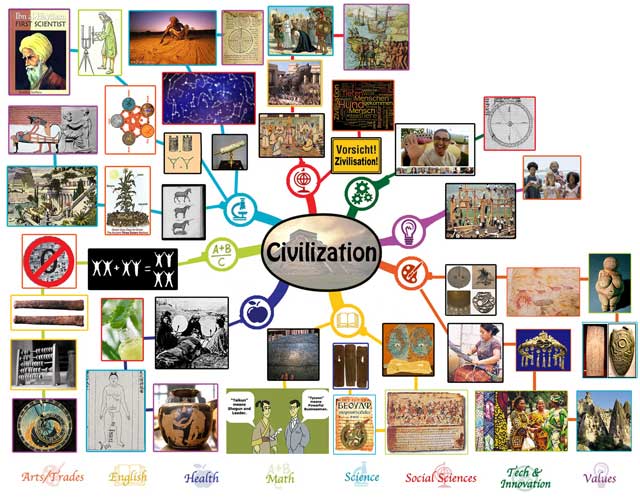
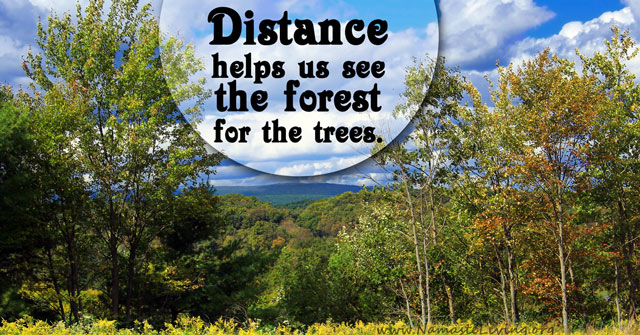
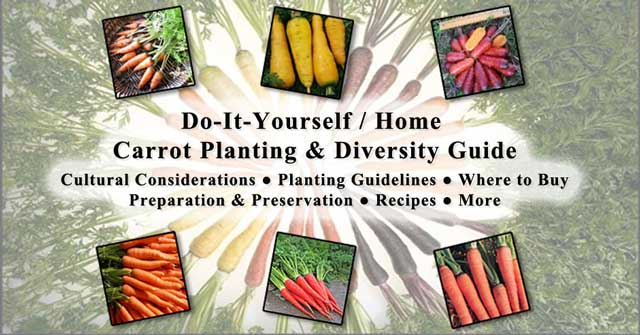
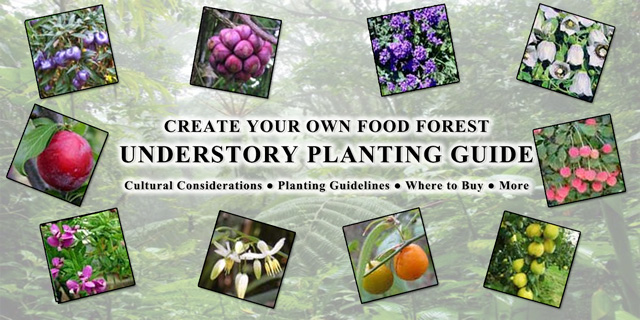
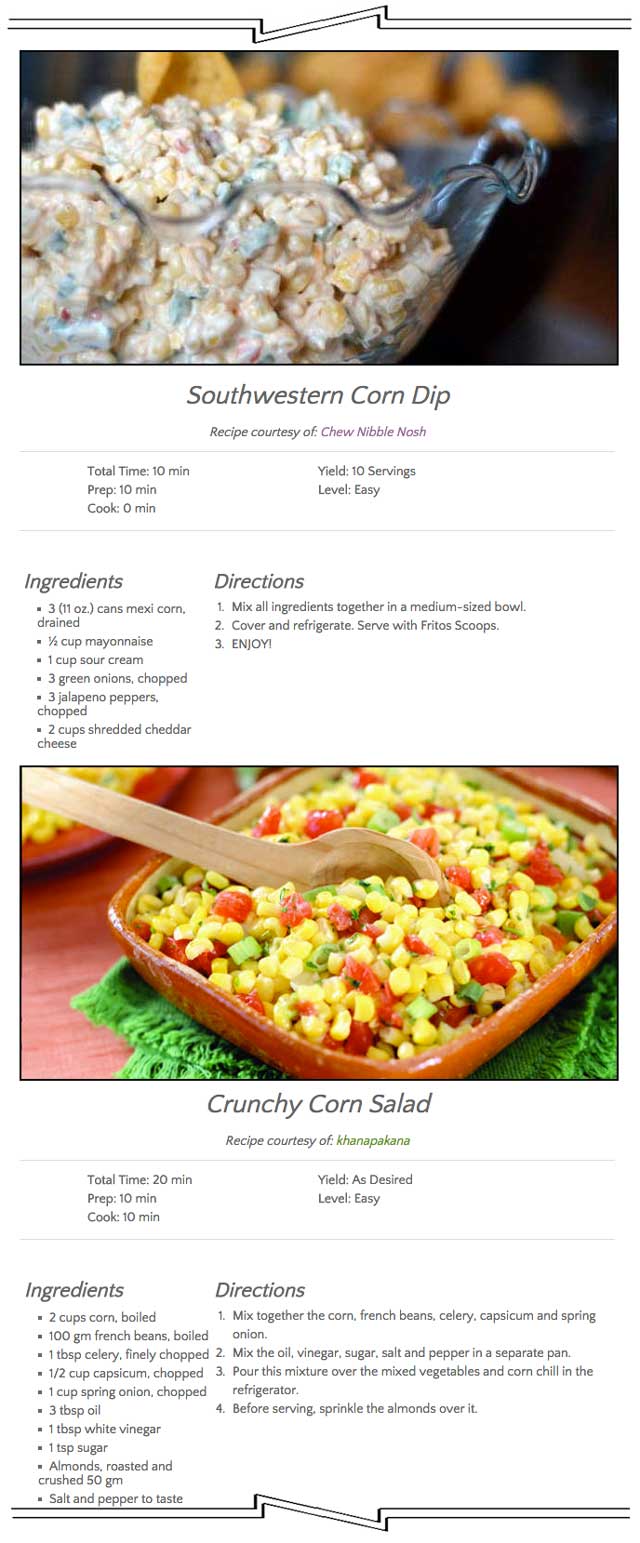
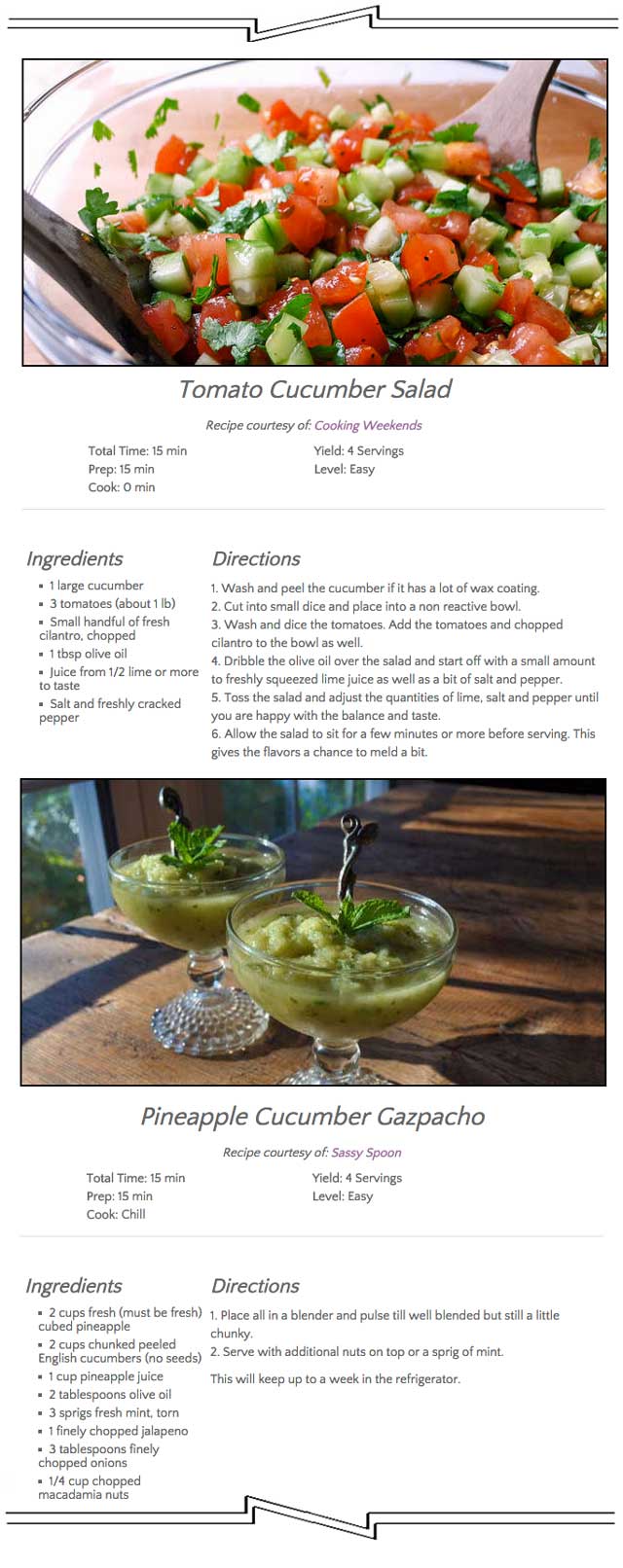

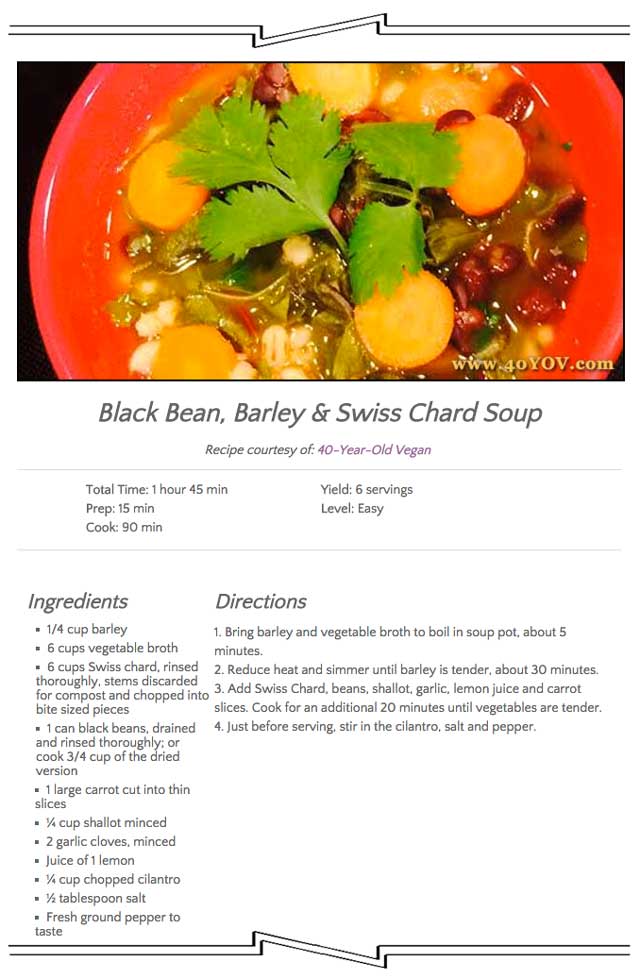

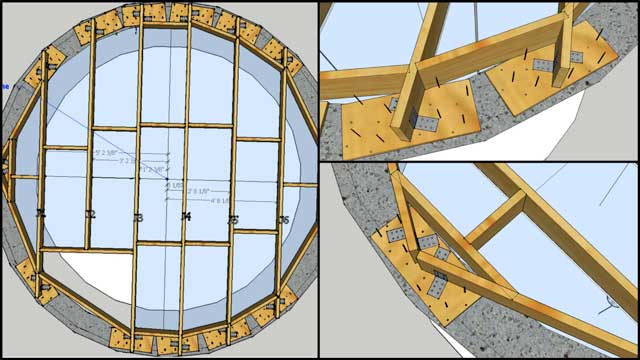
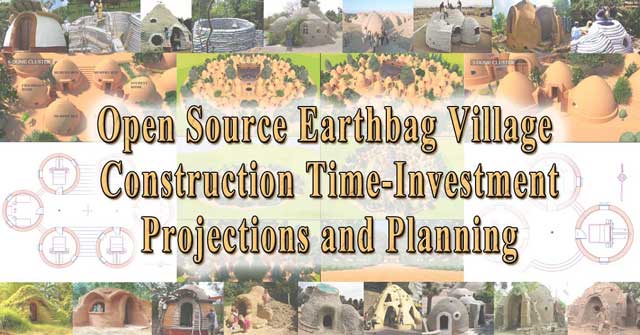

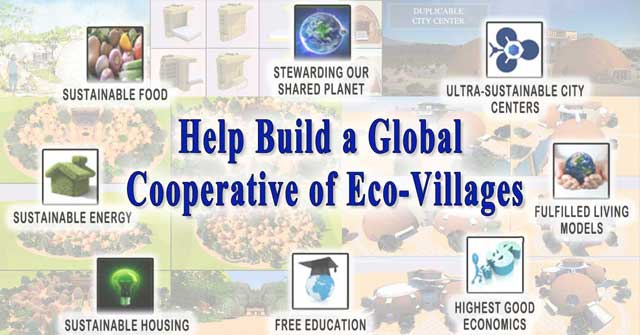
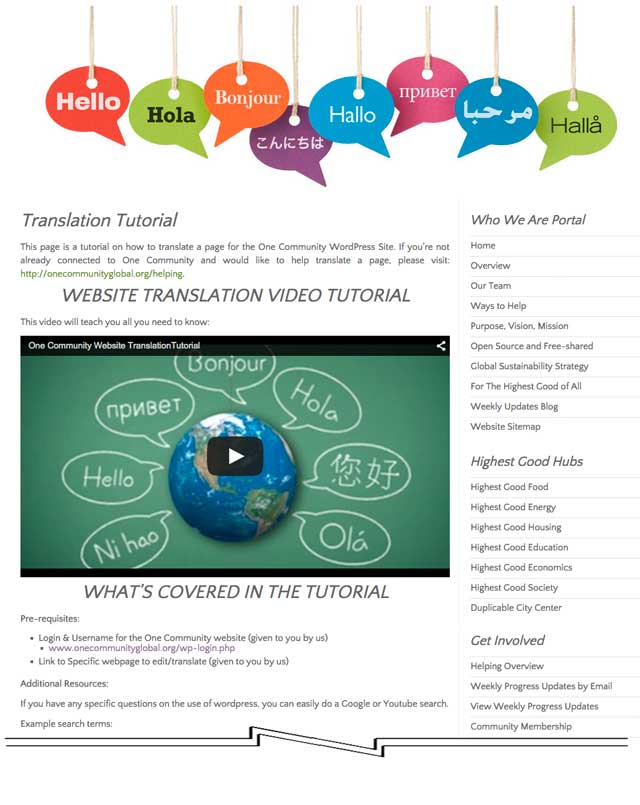

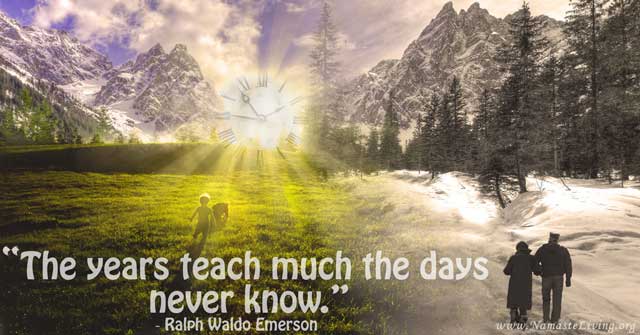
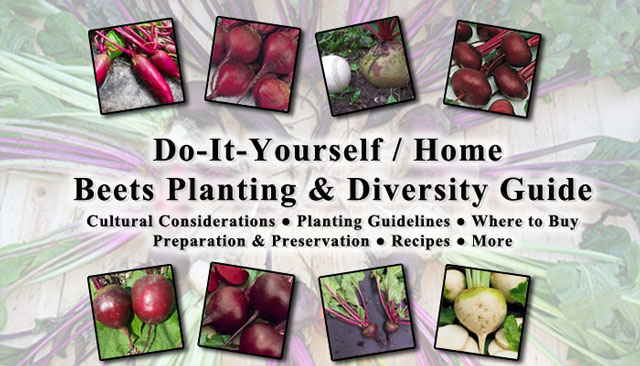

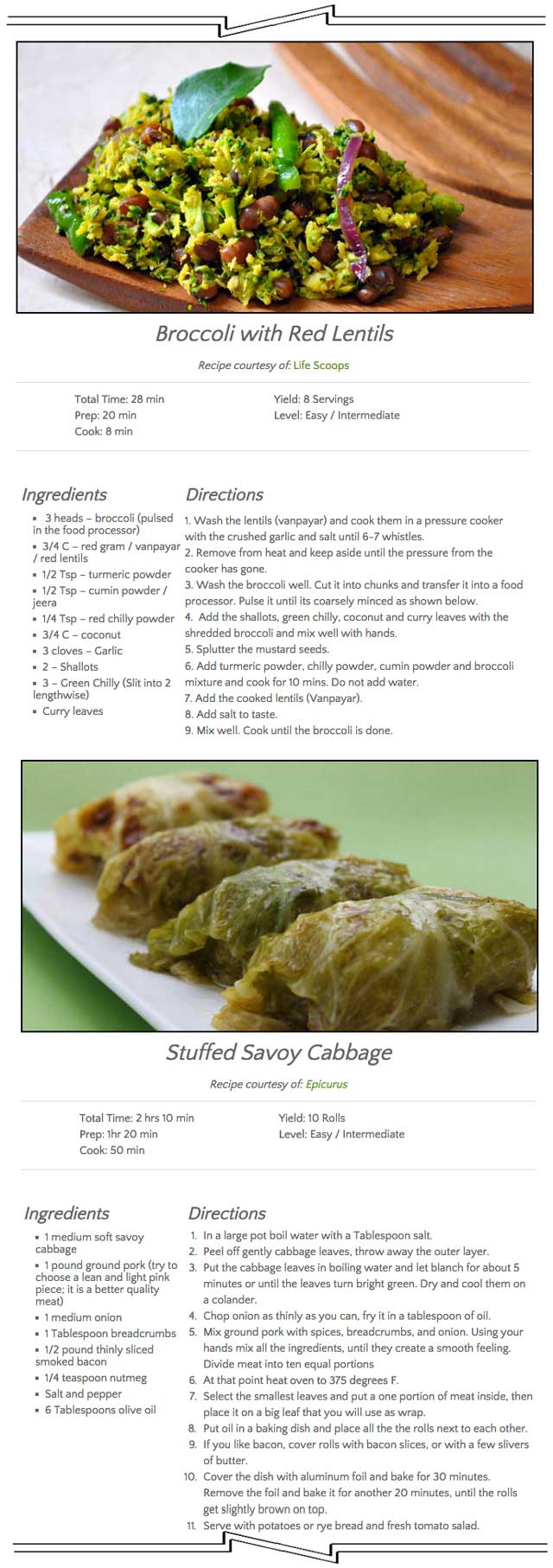
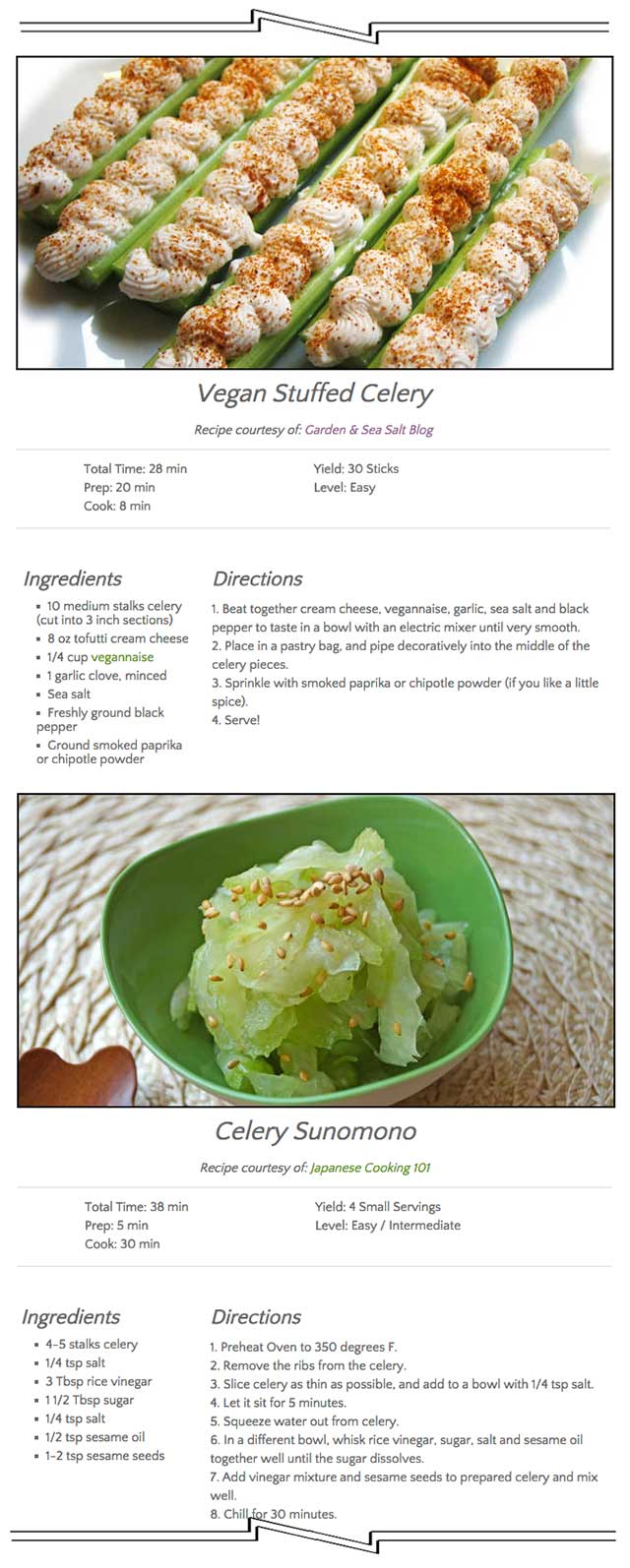



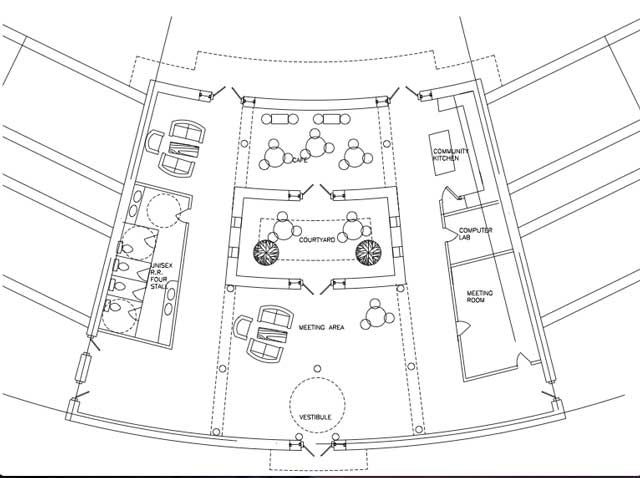
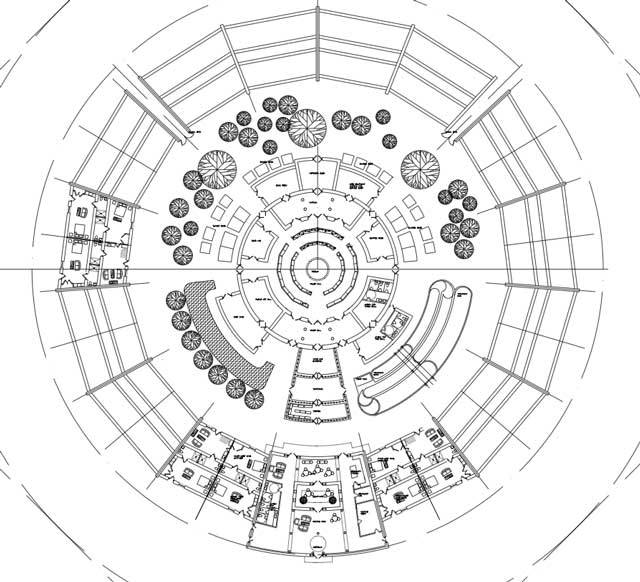
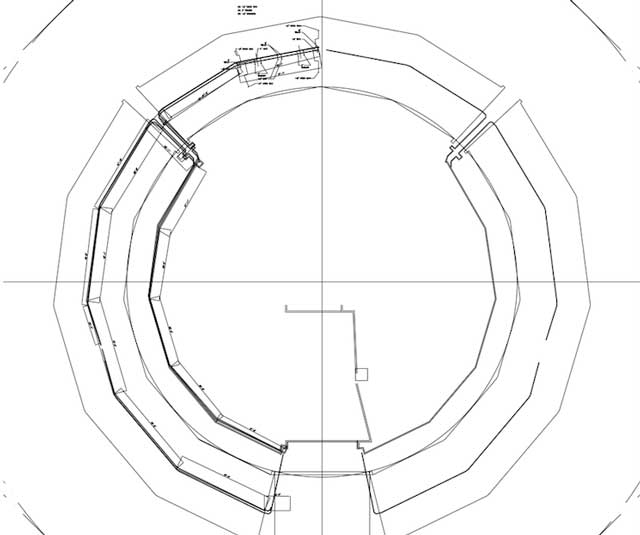


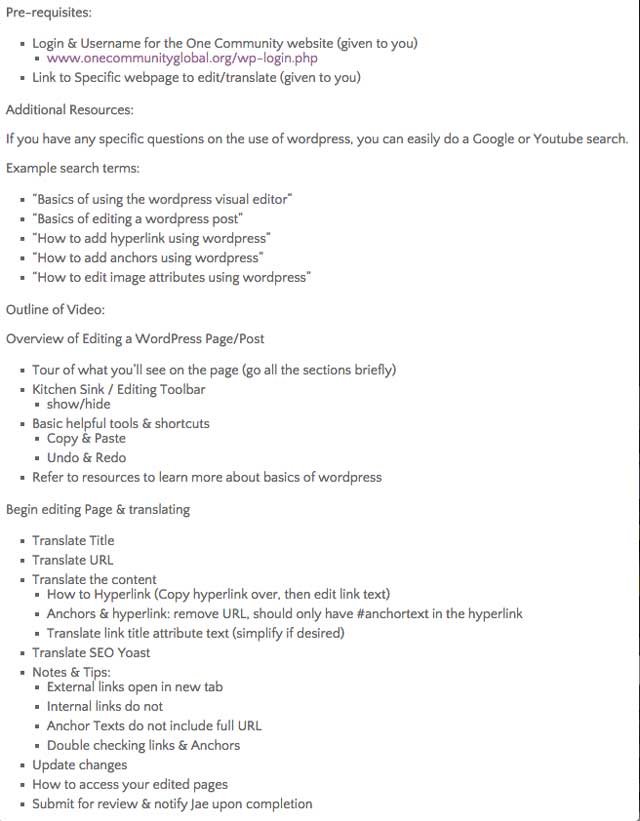
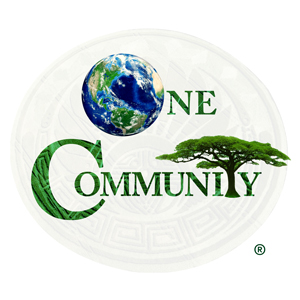


Connect with One Community